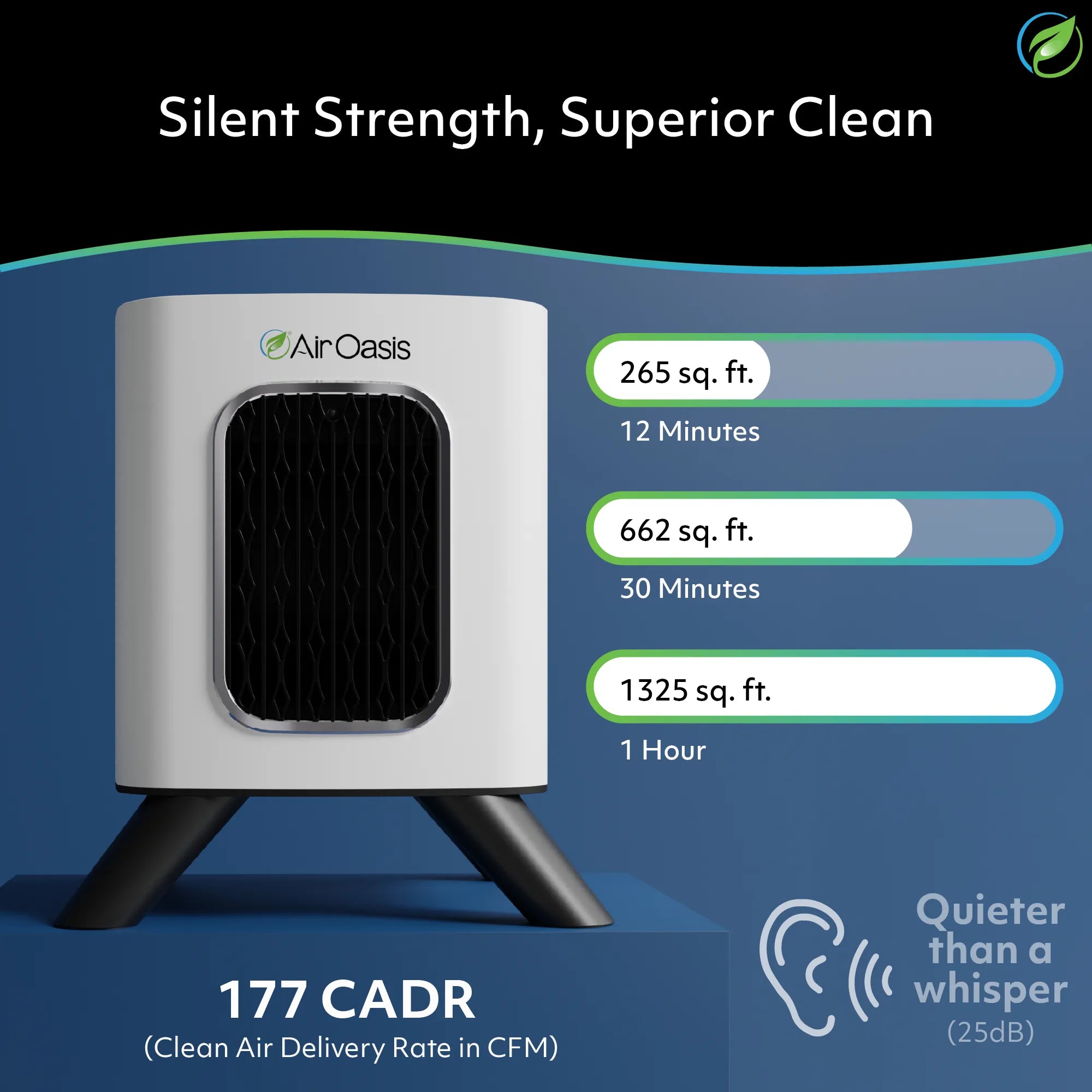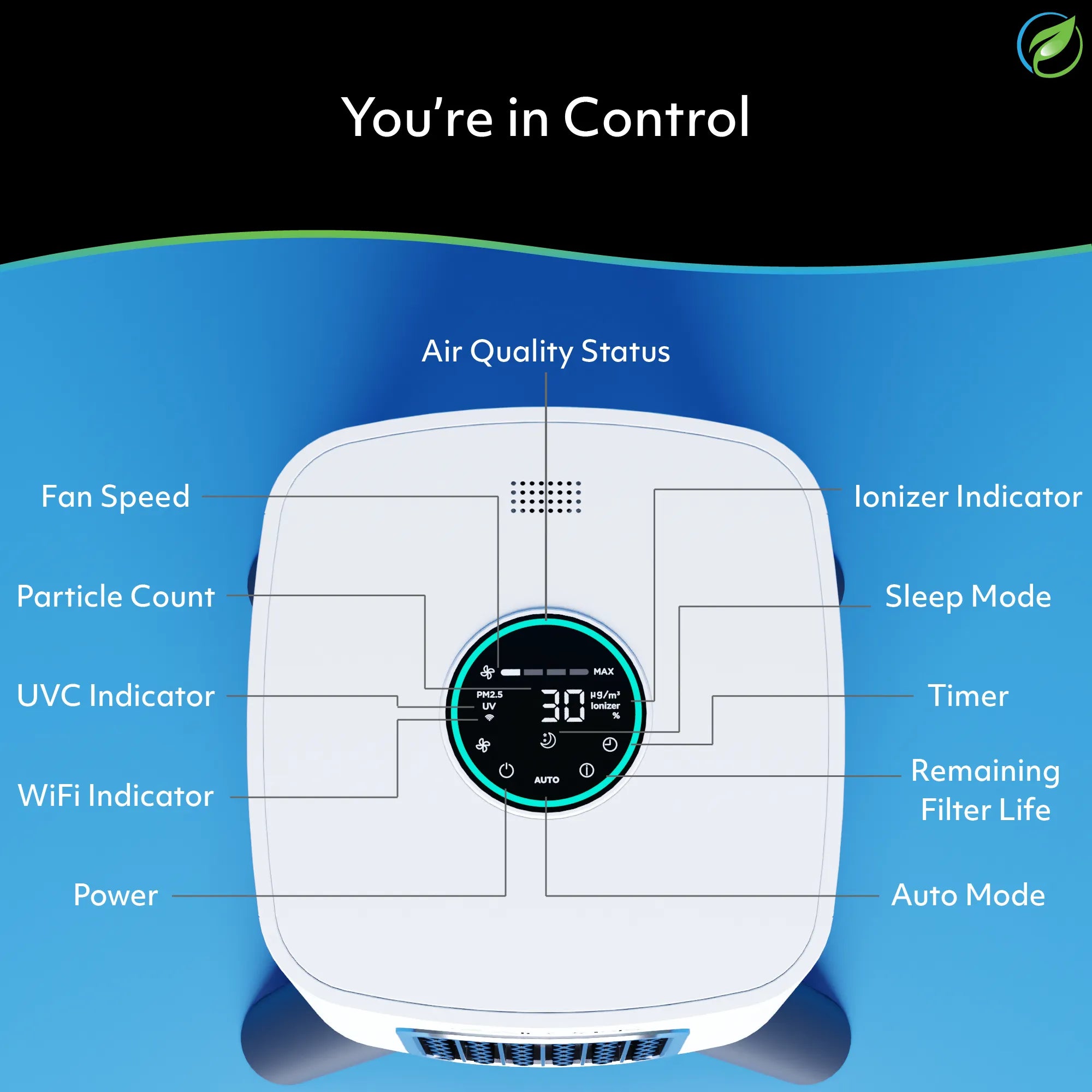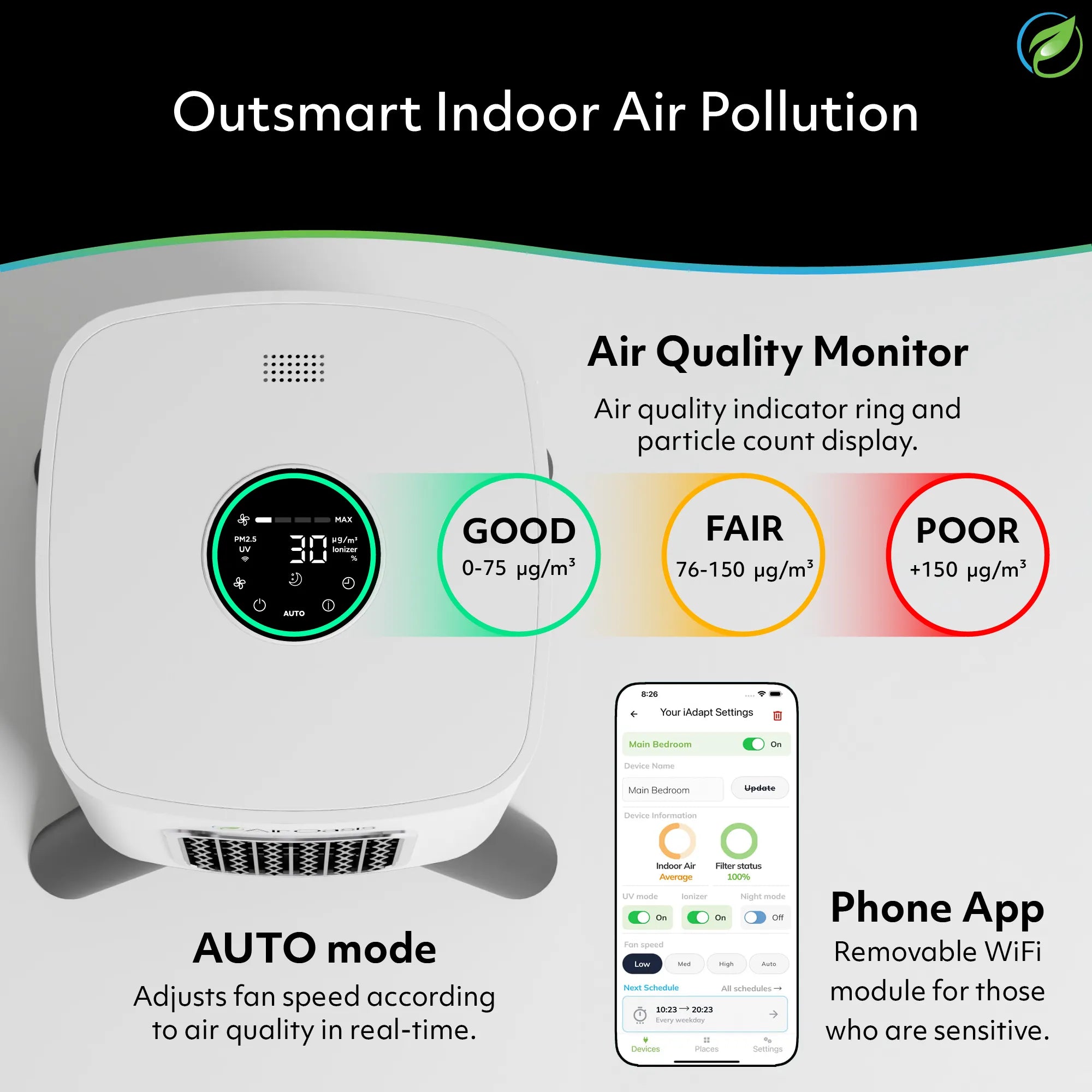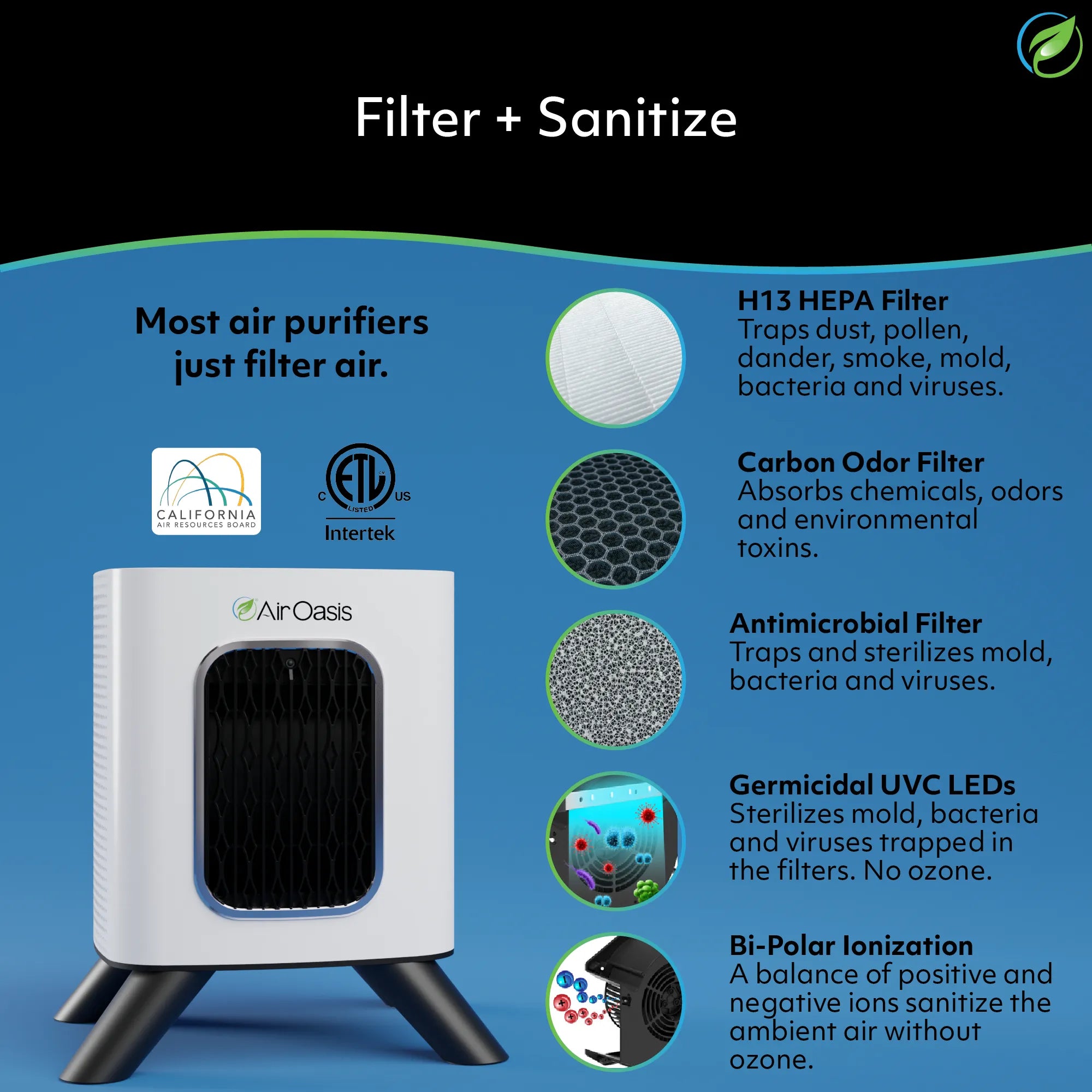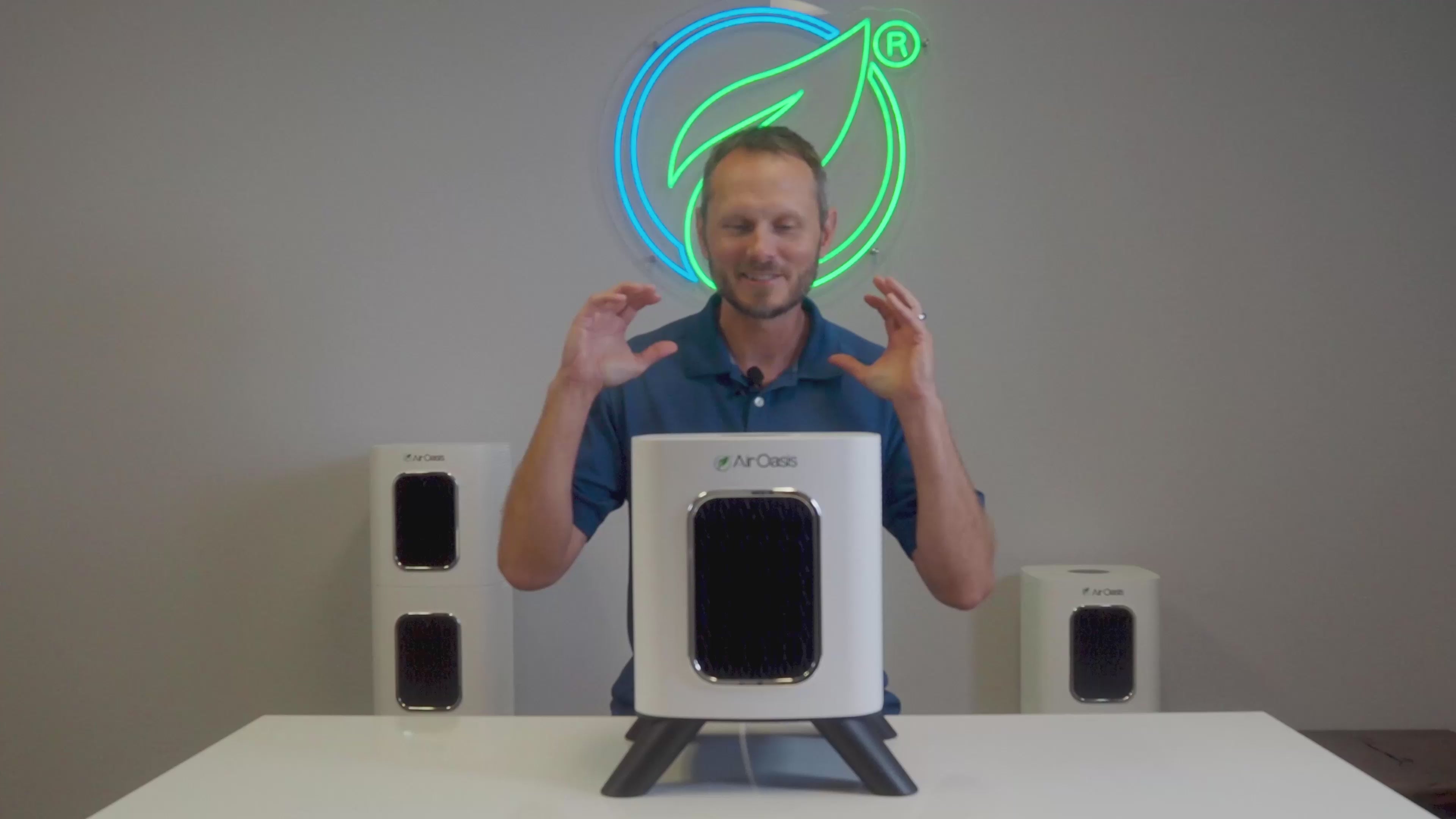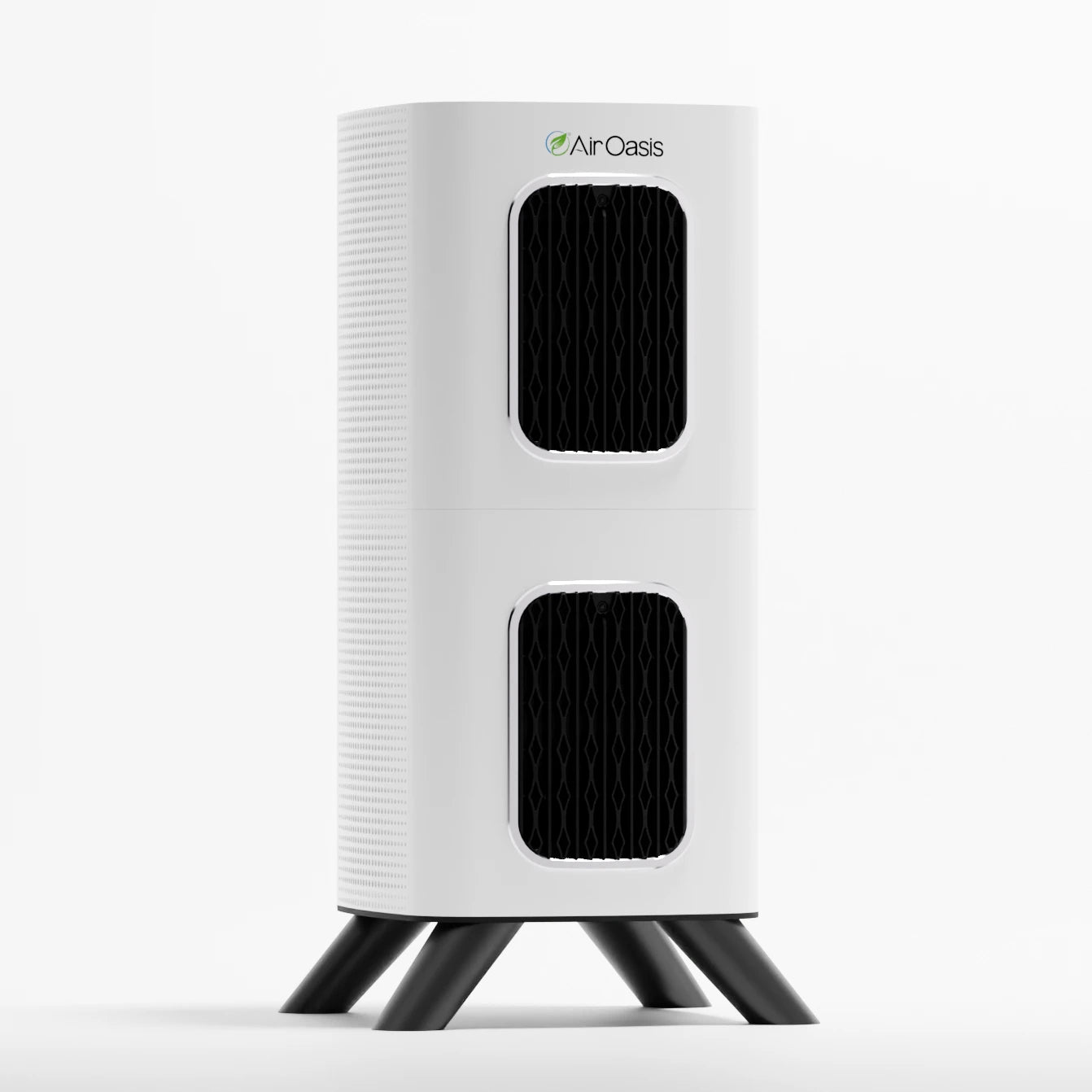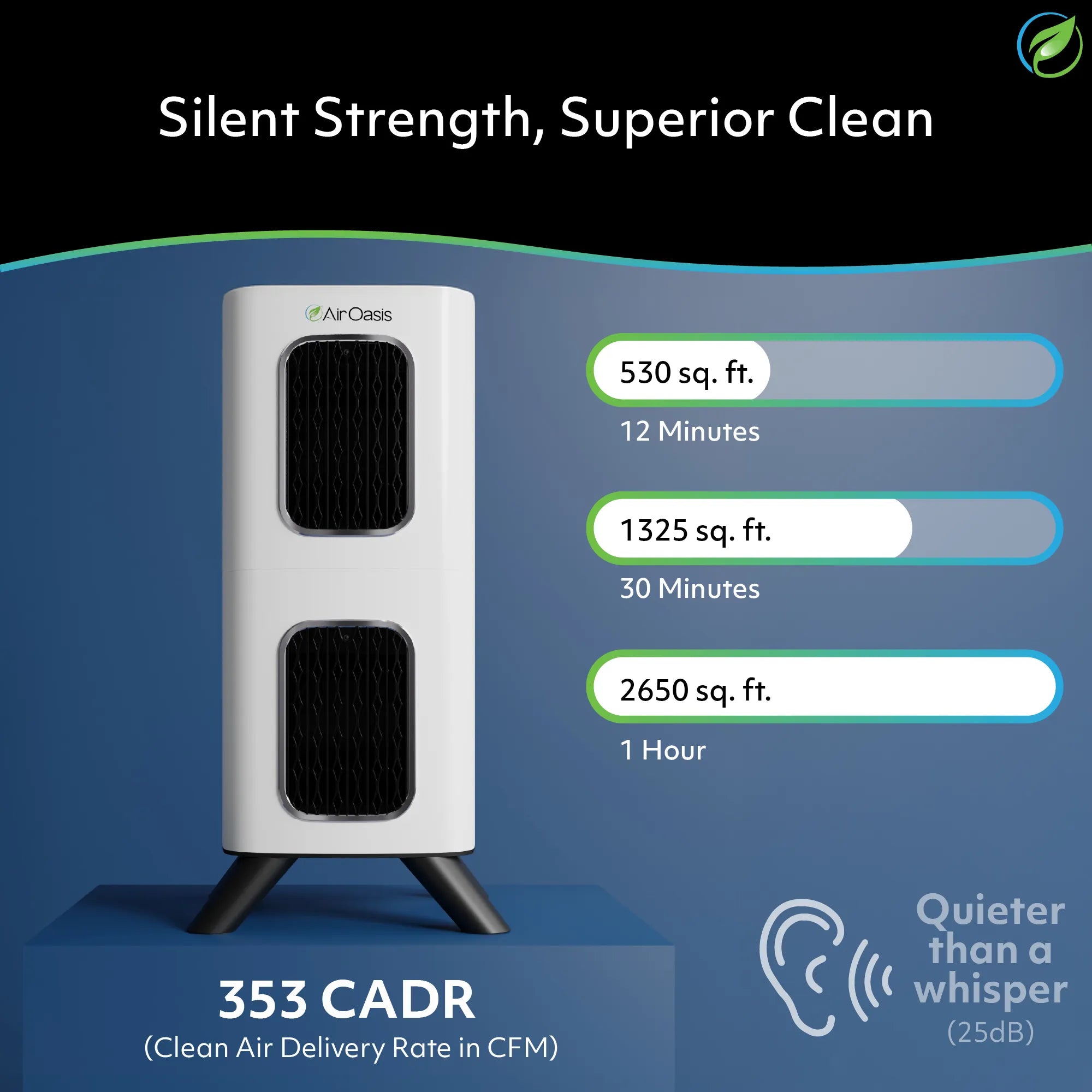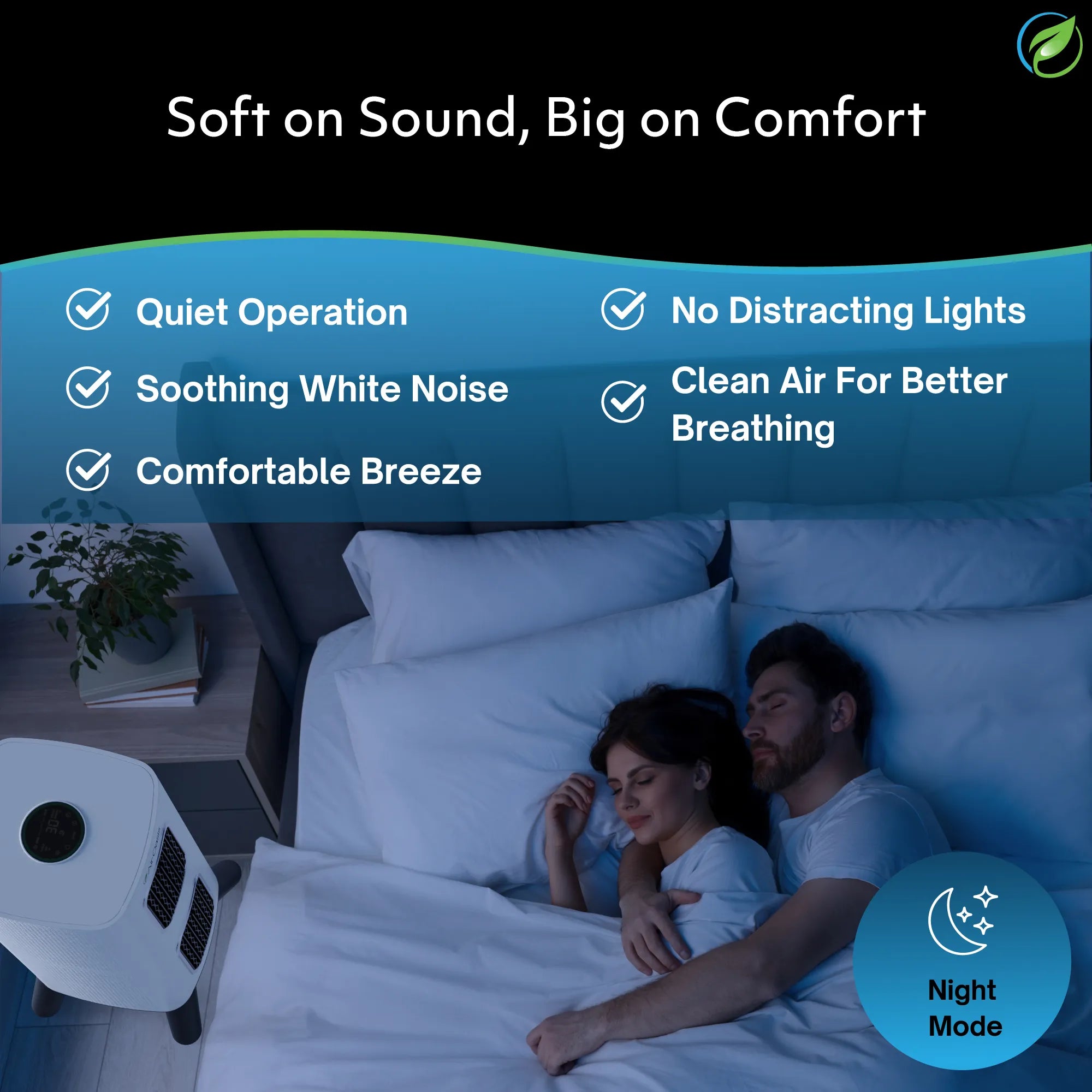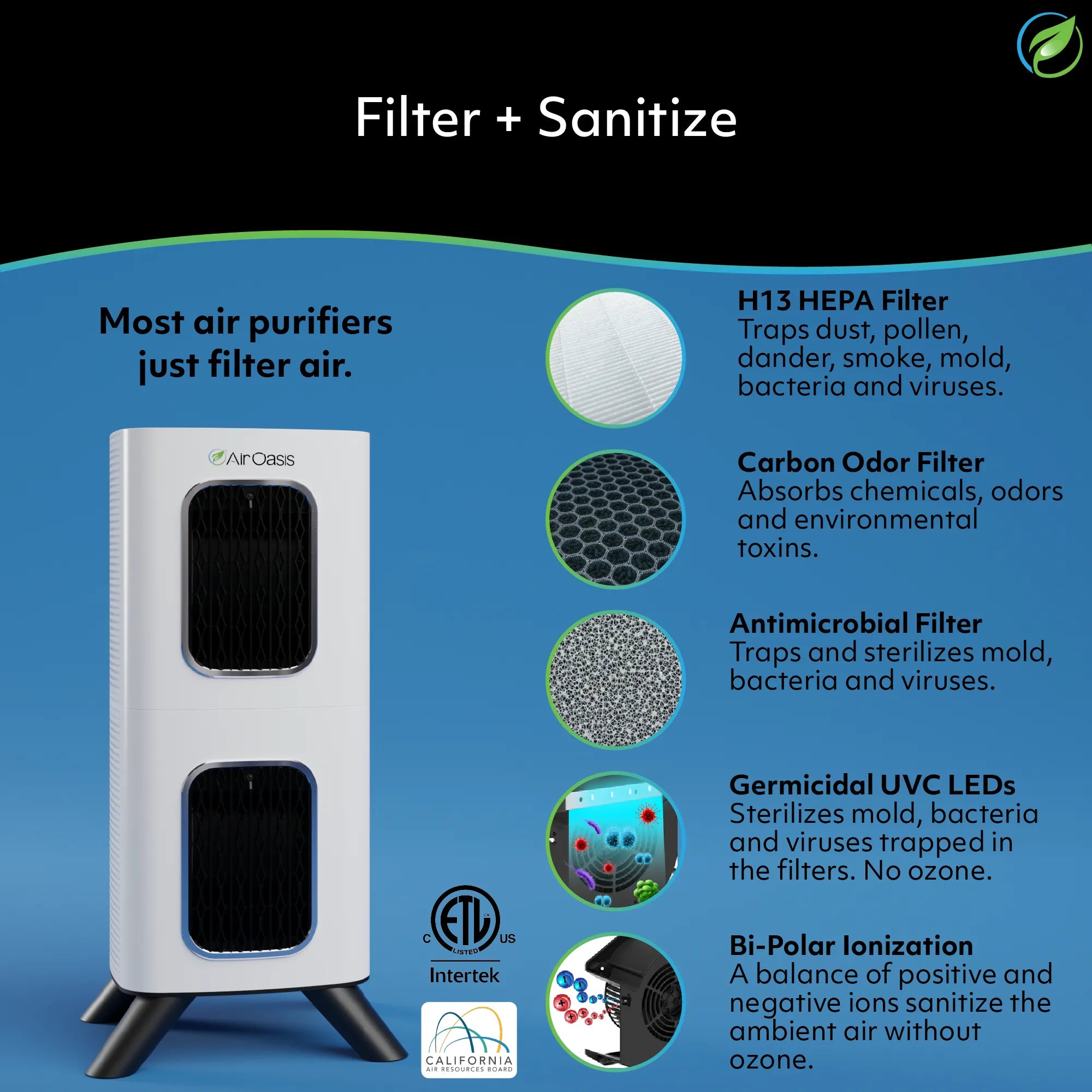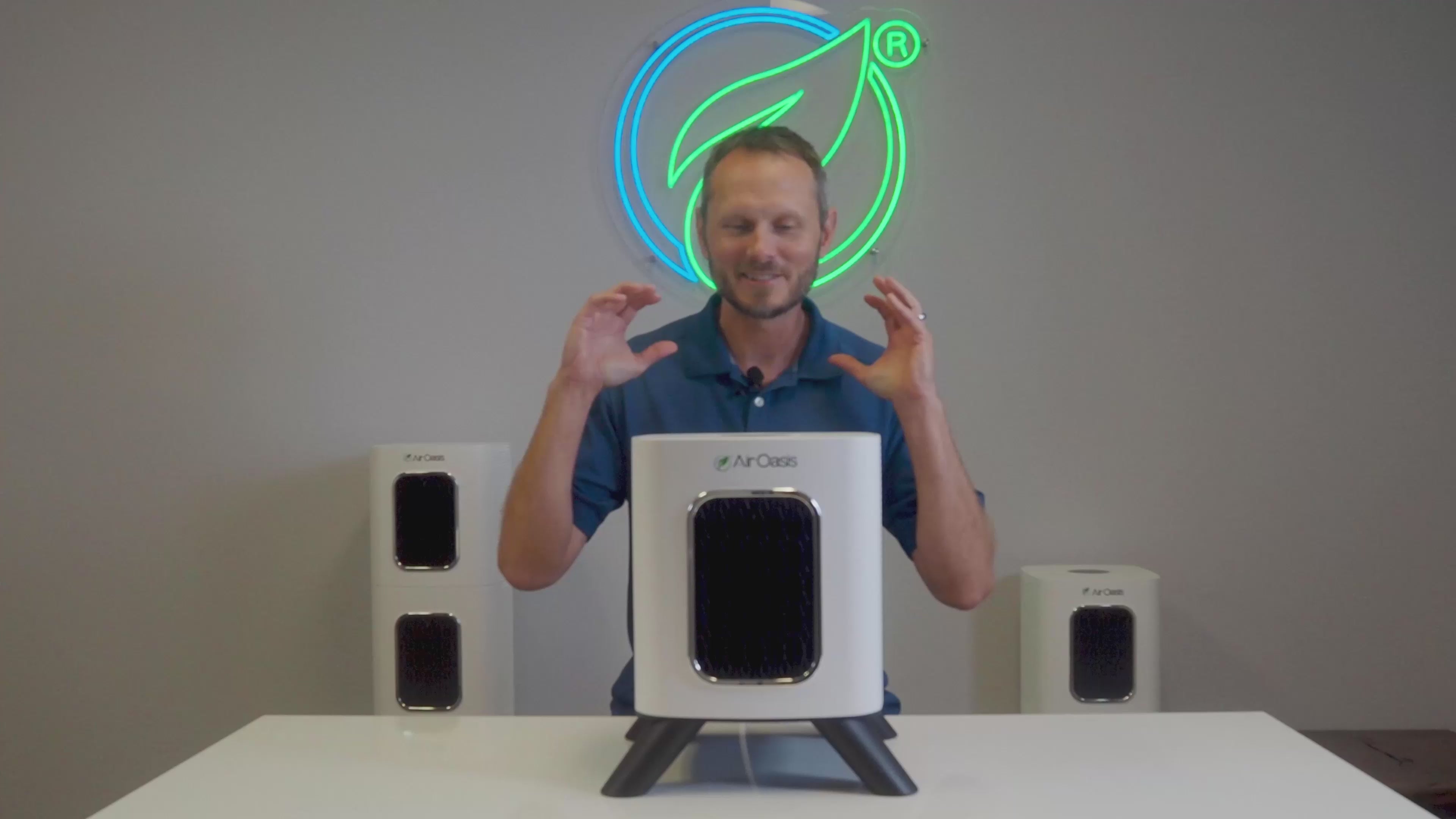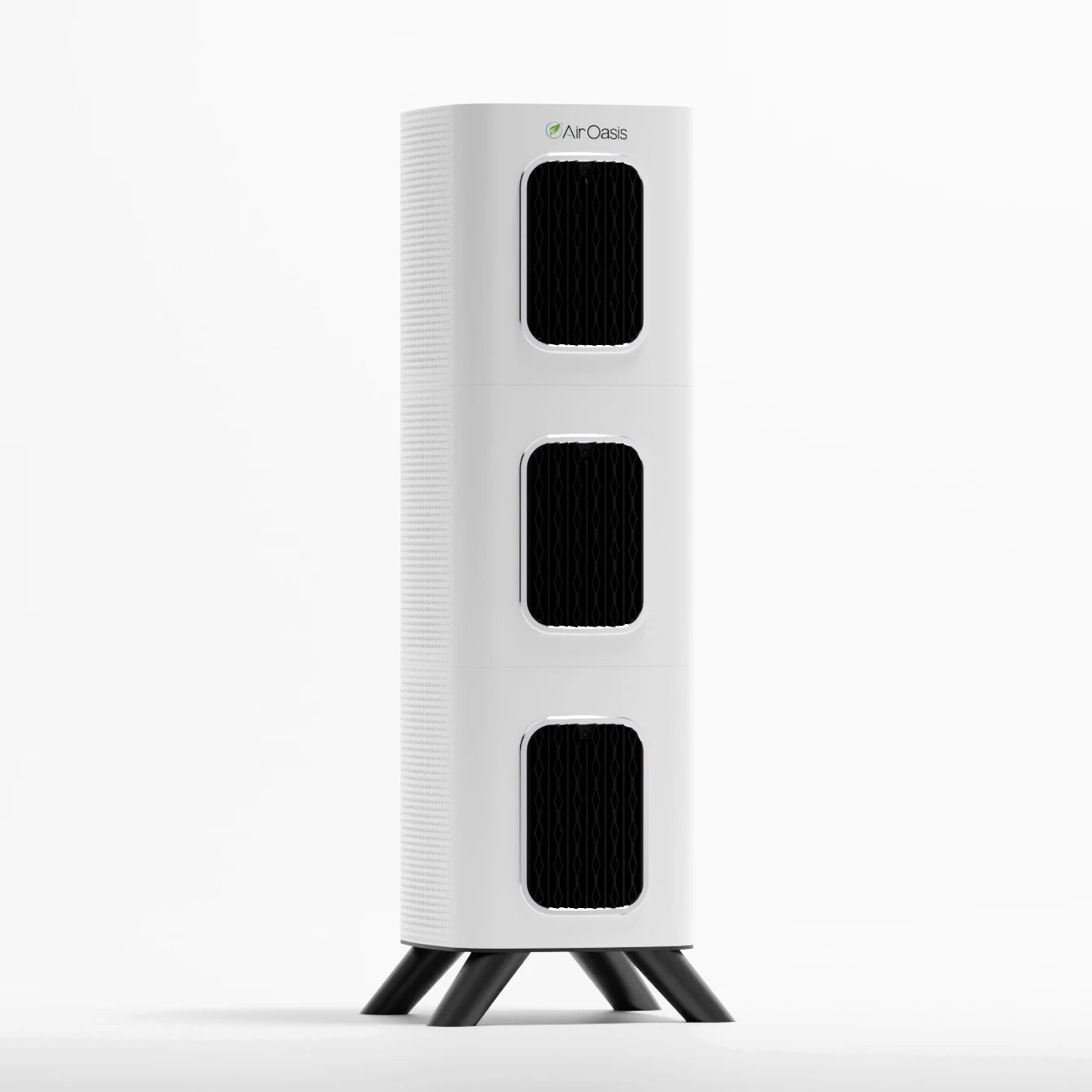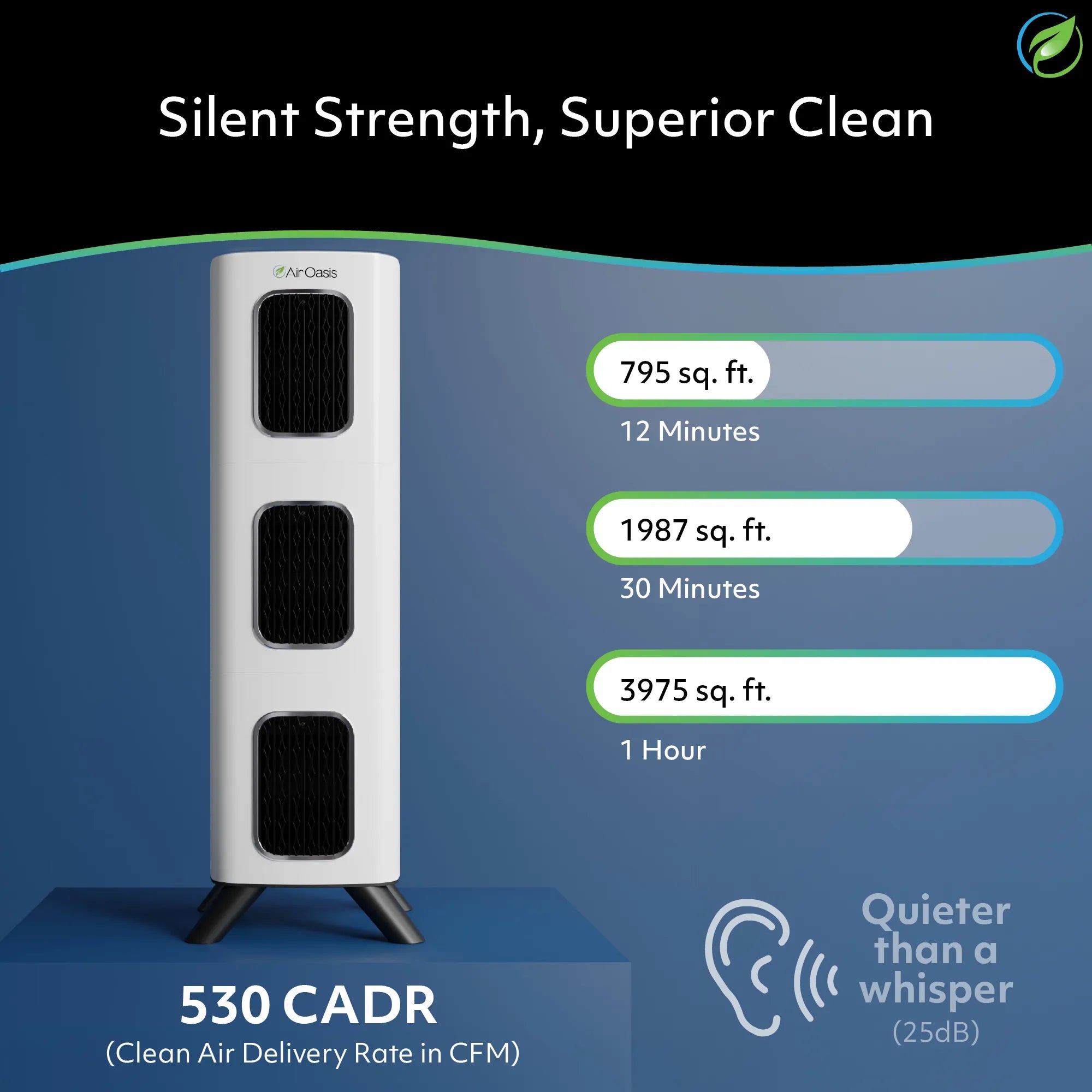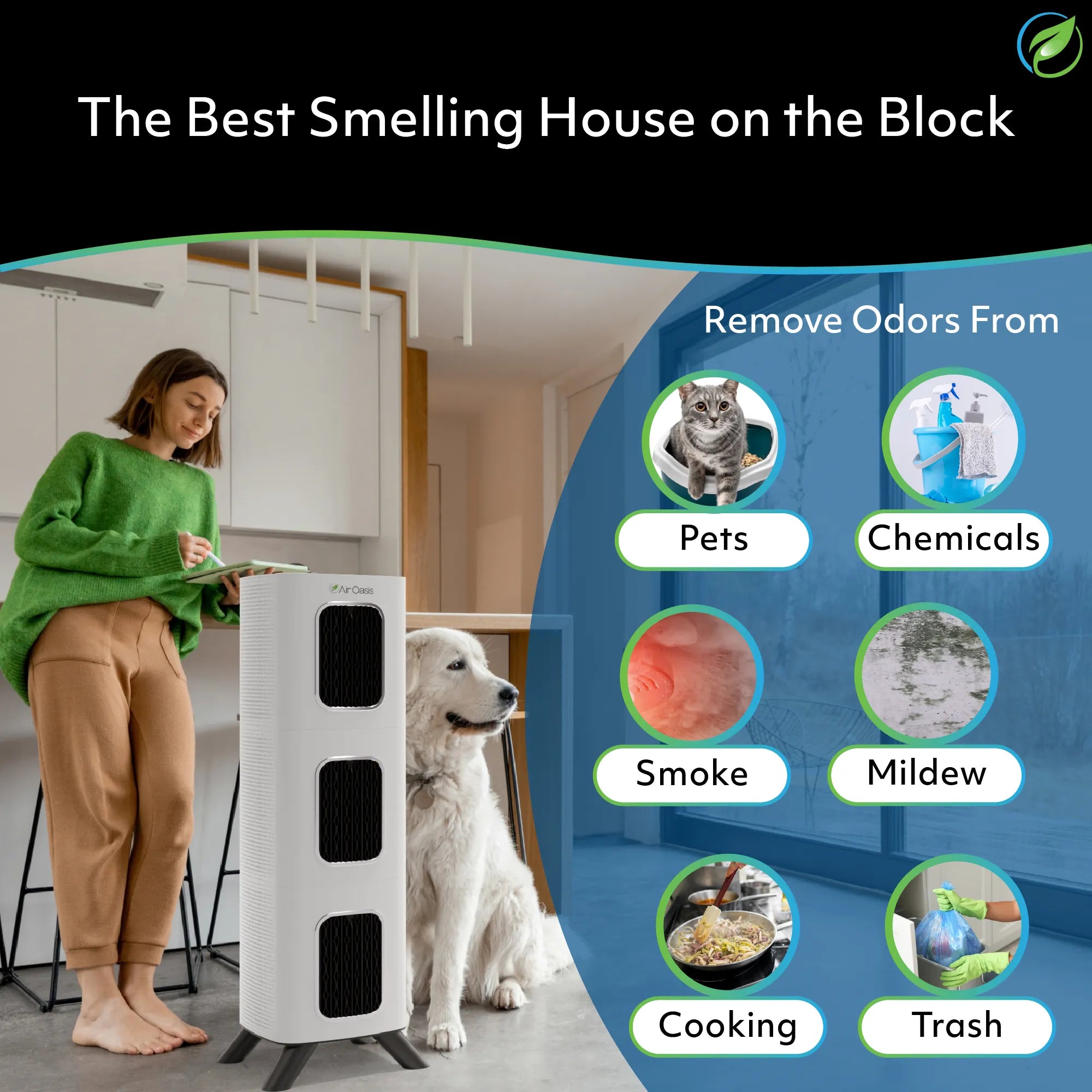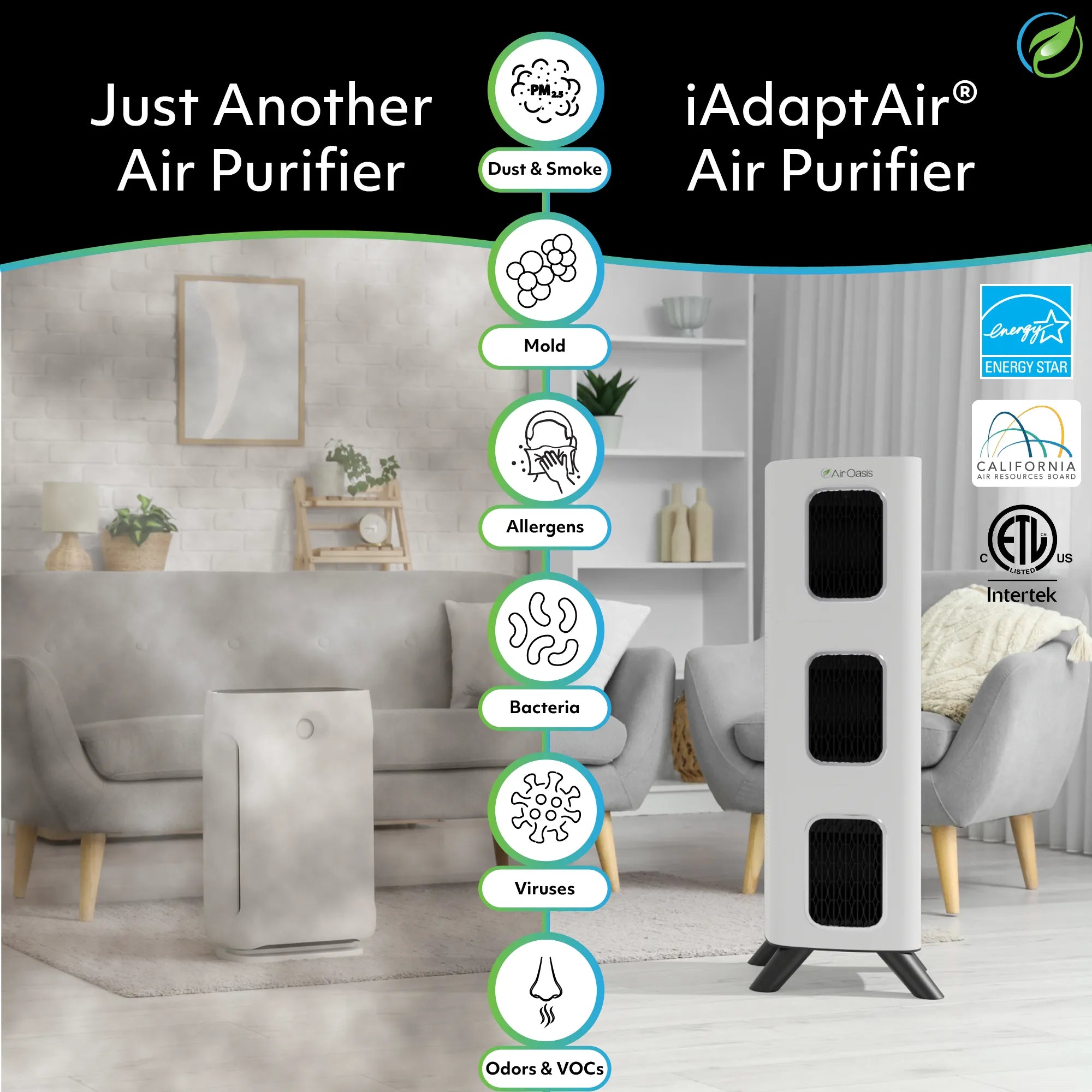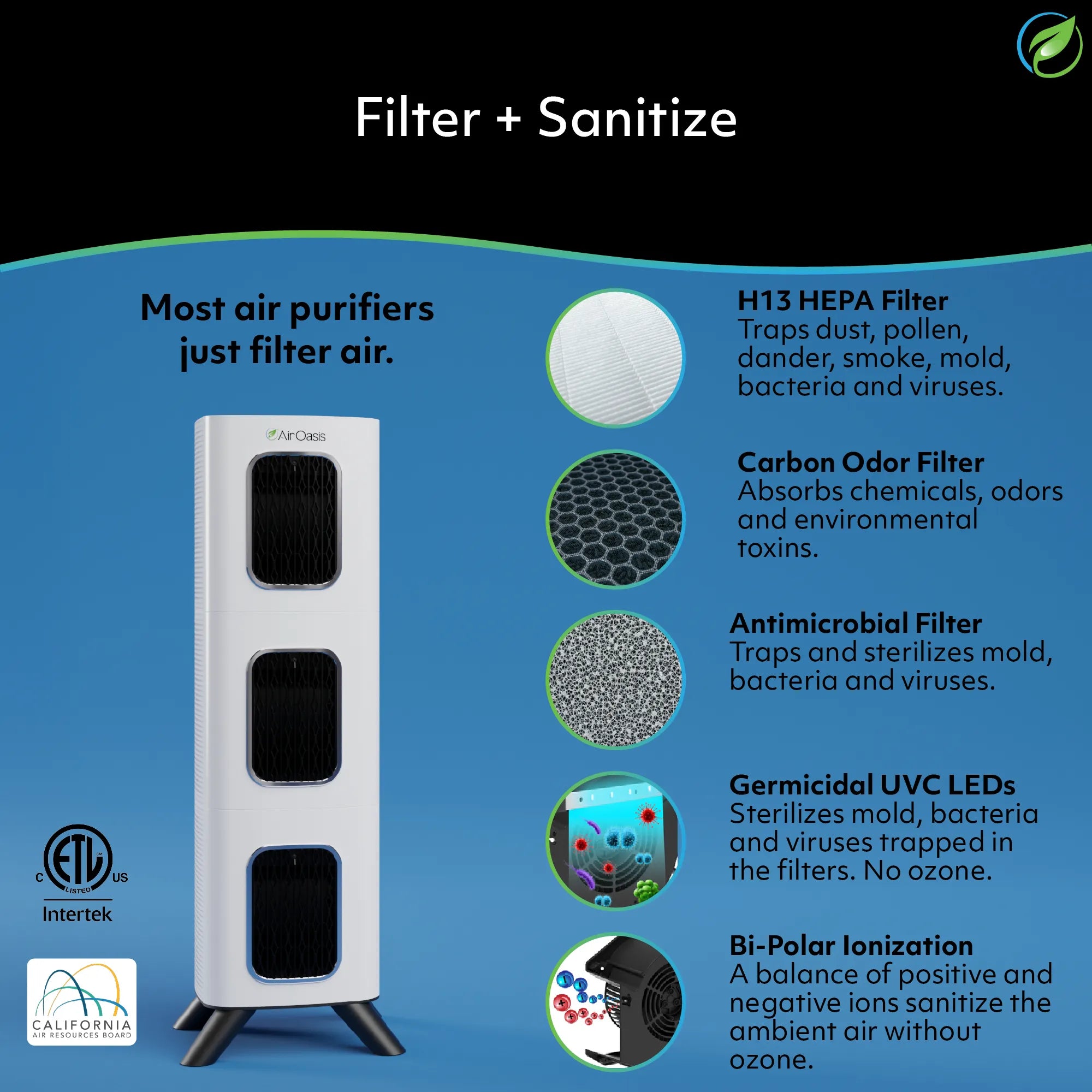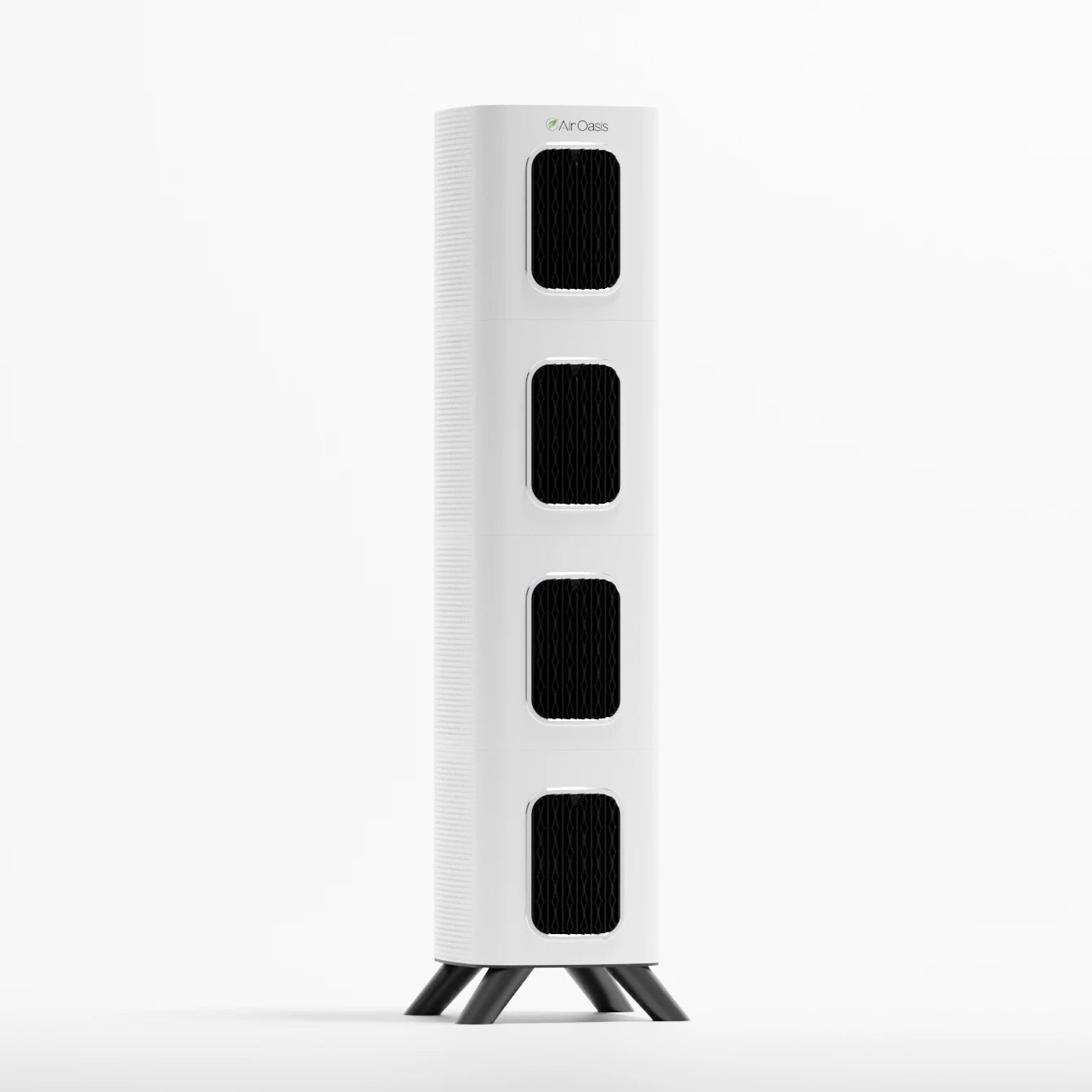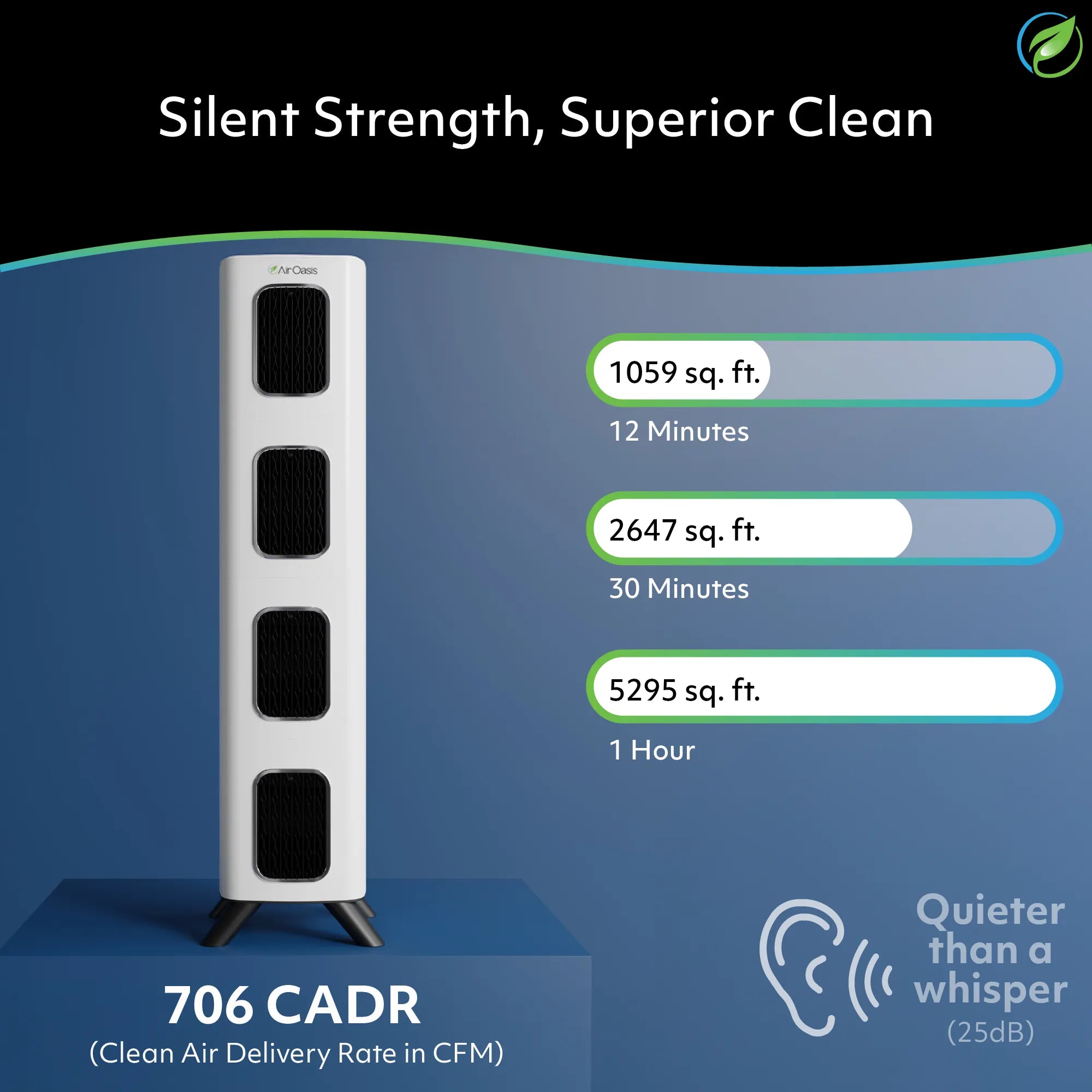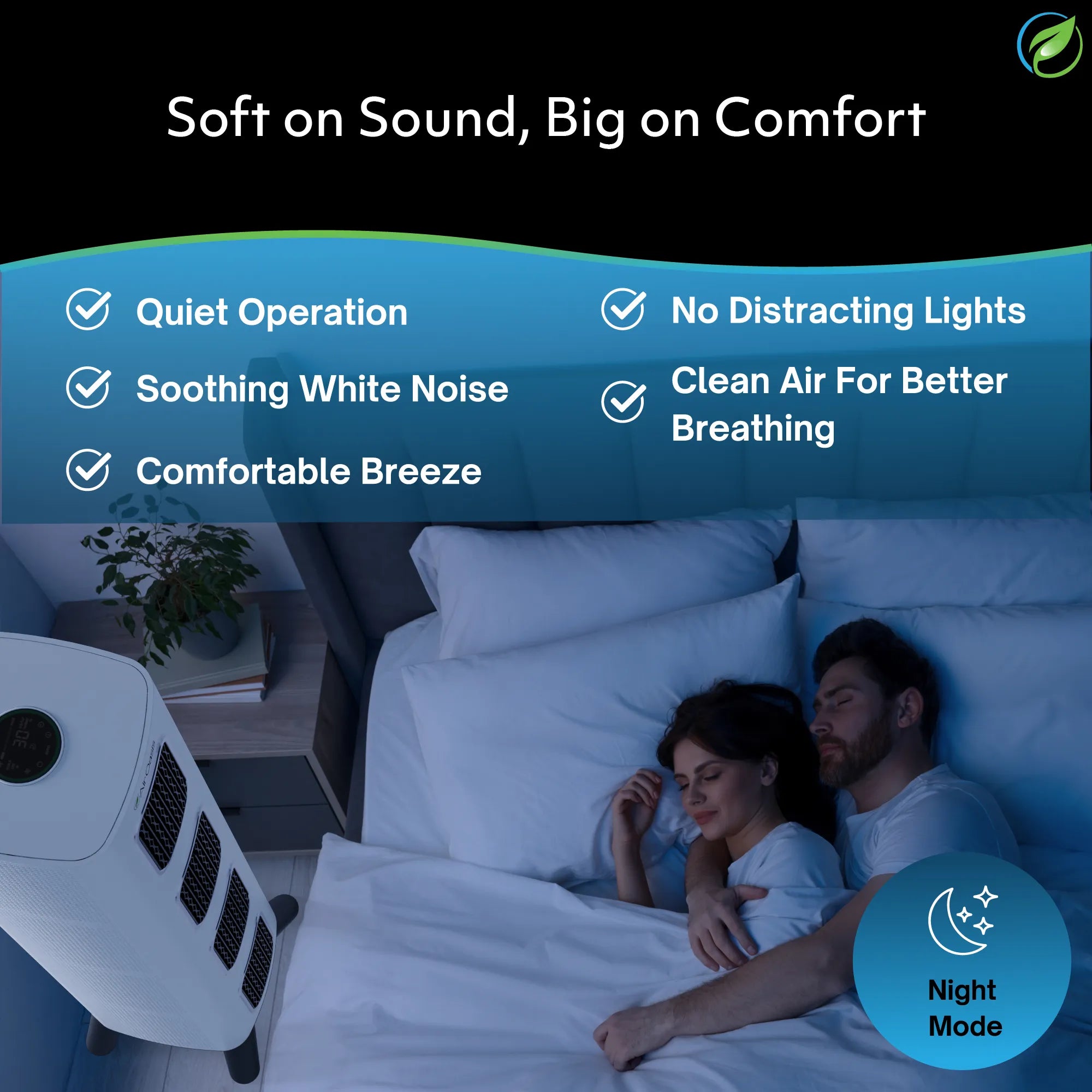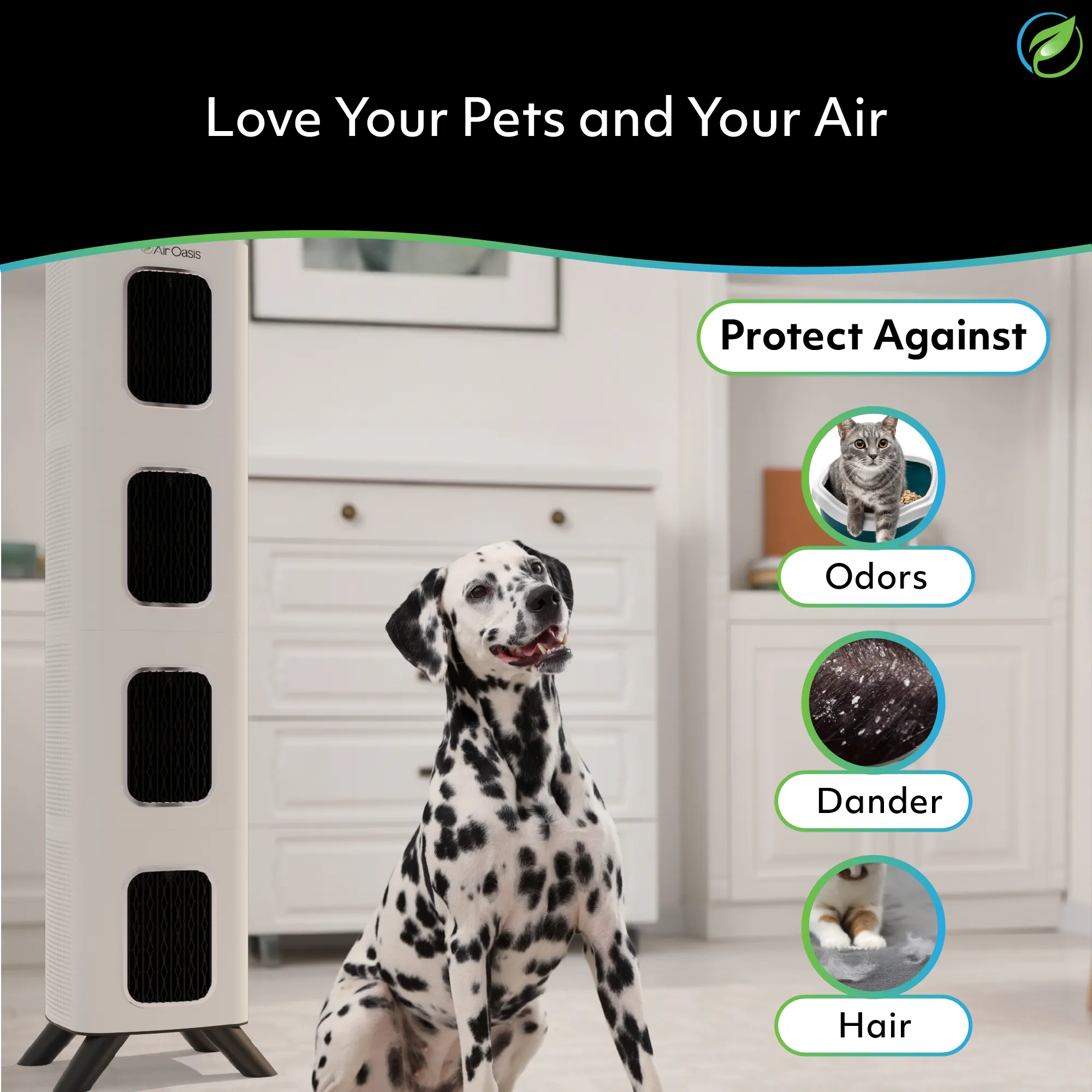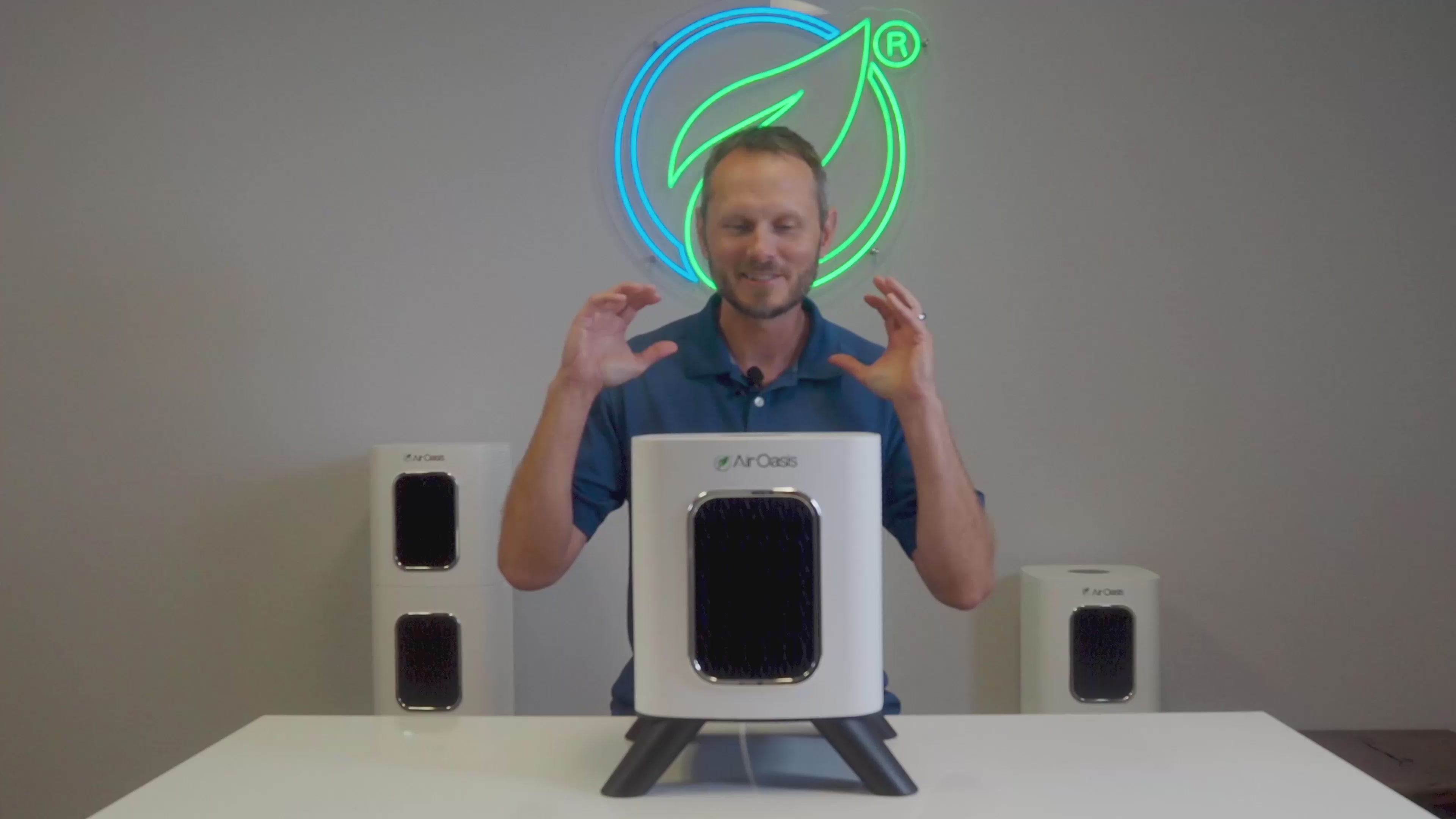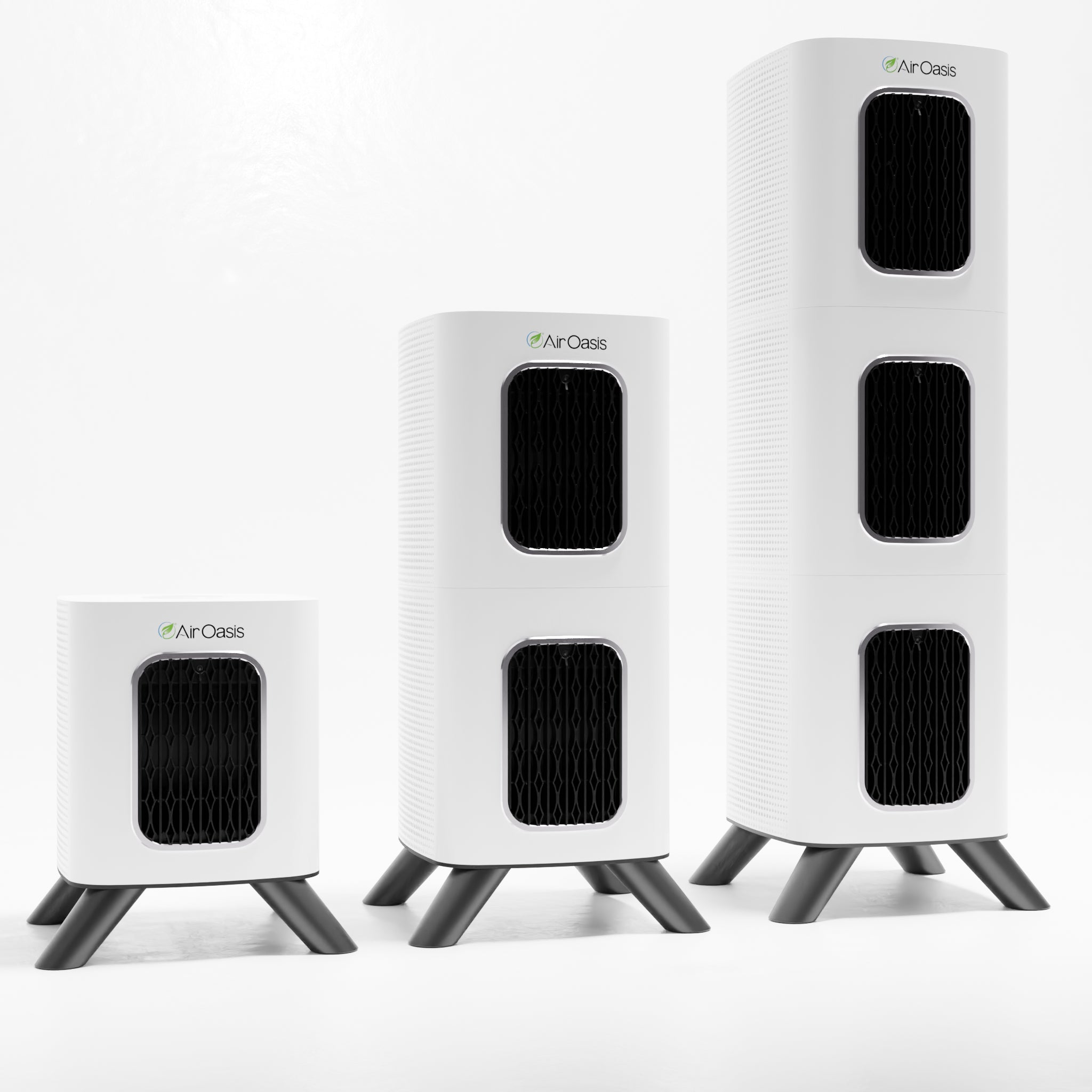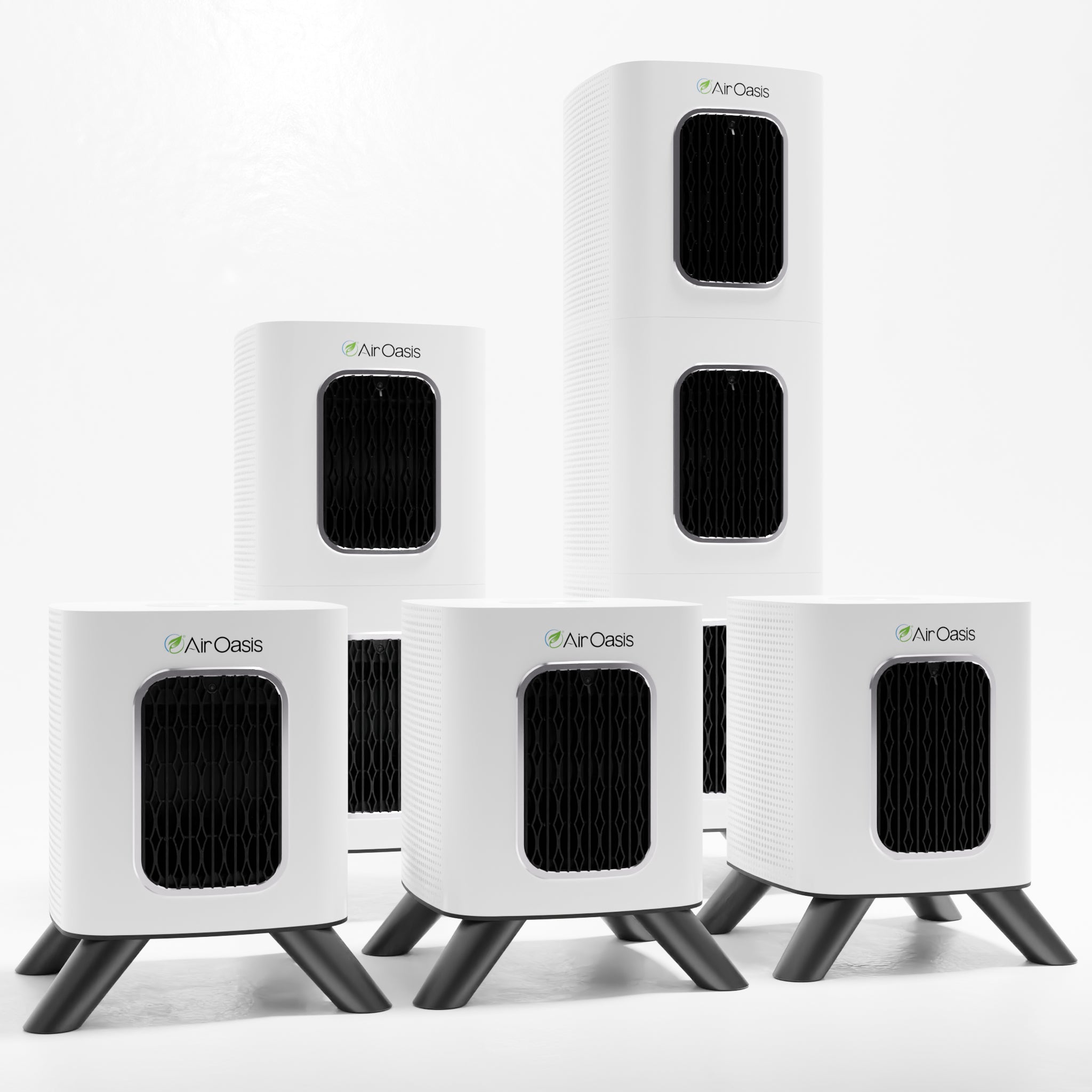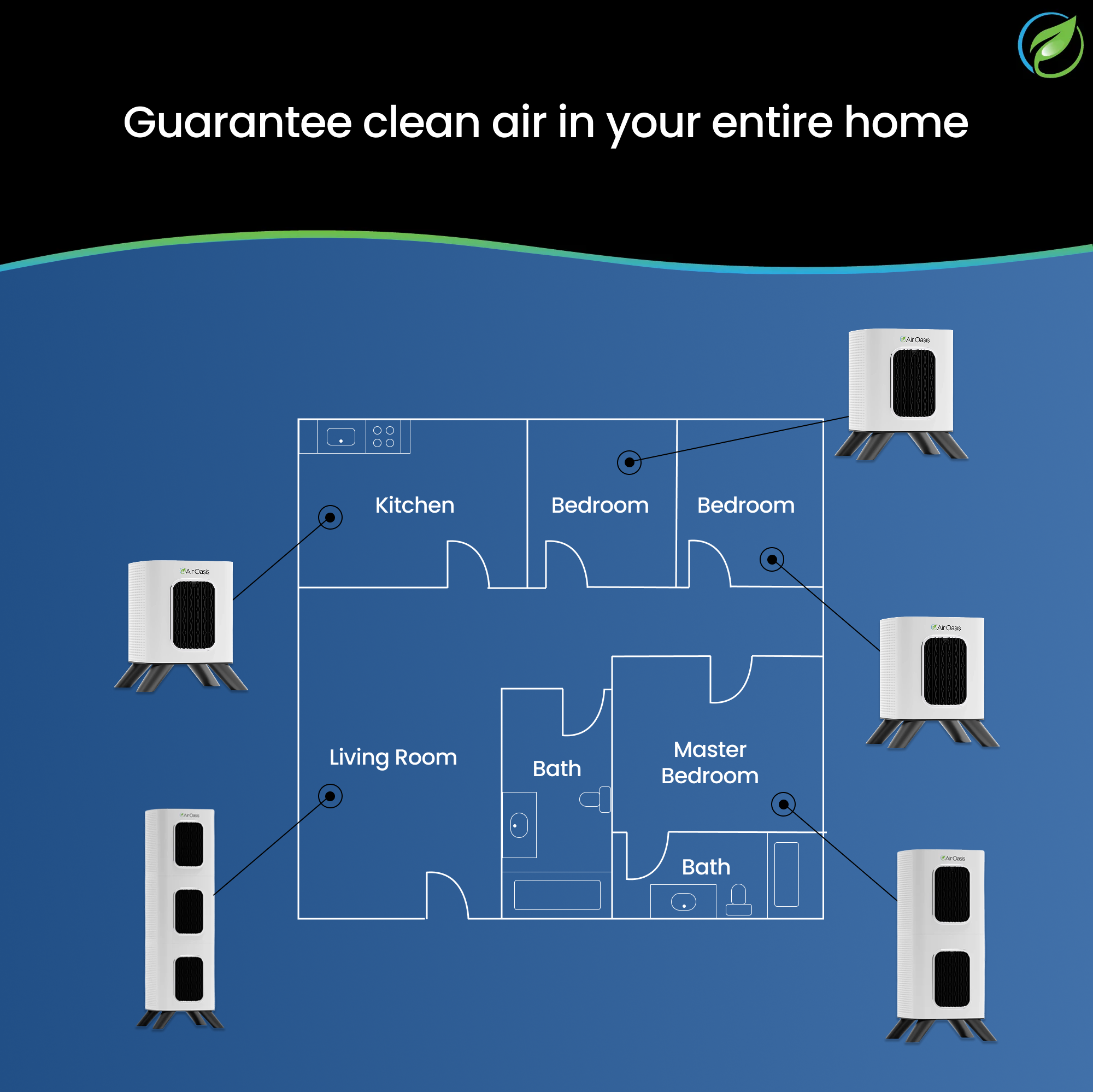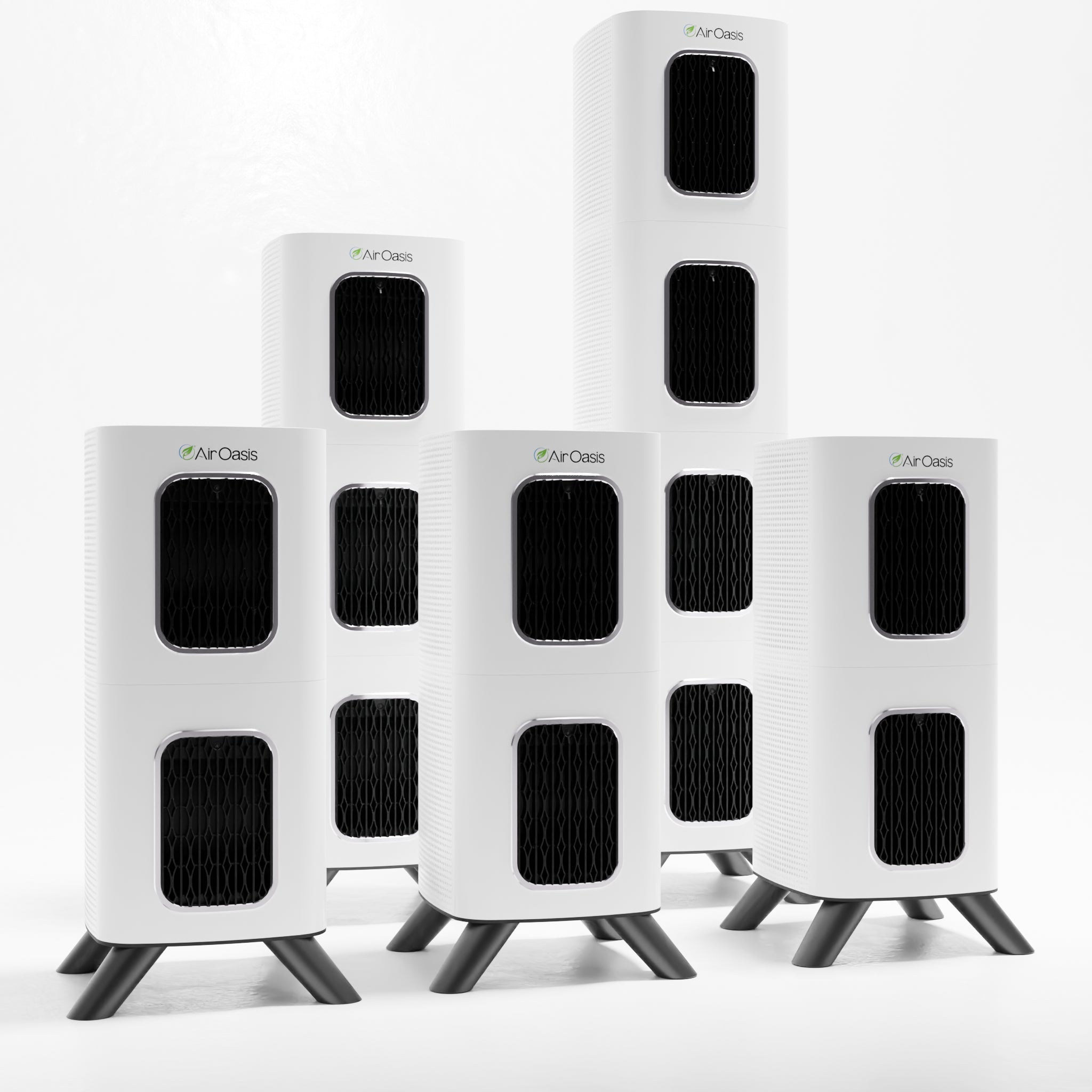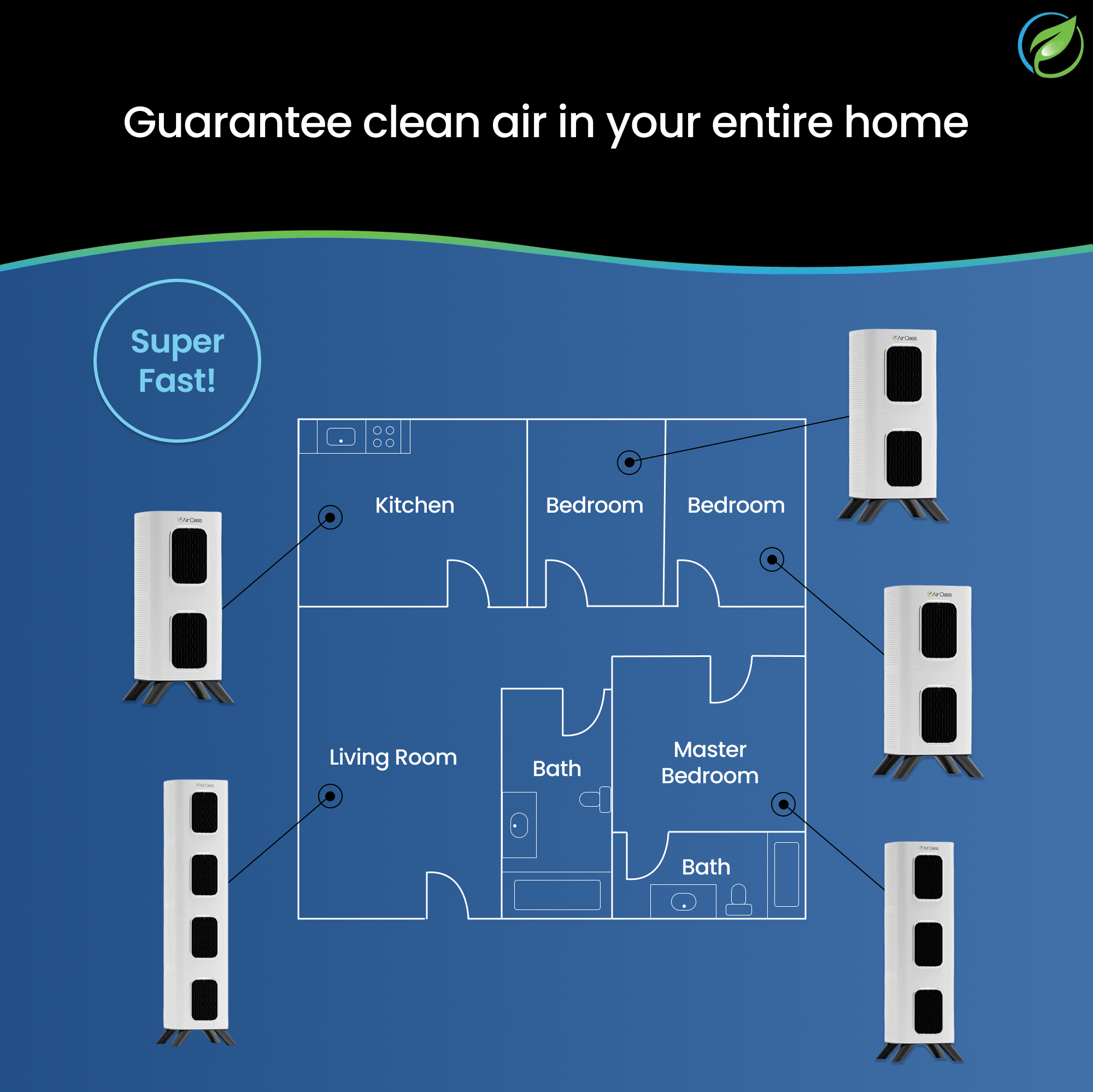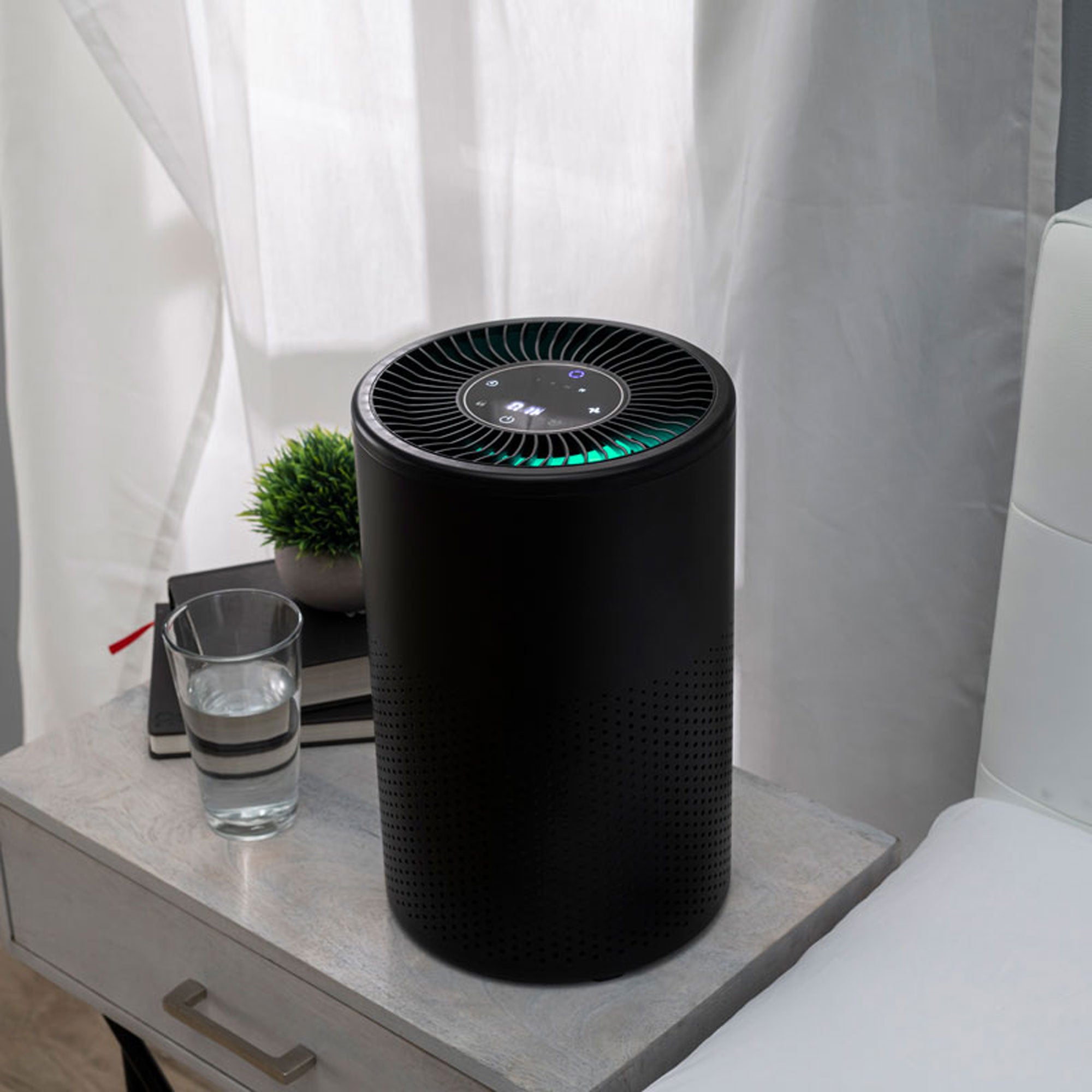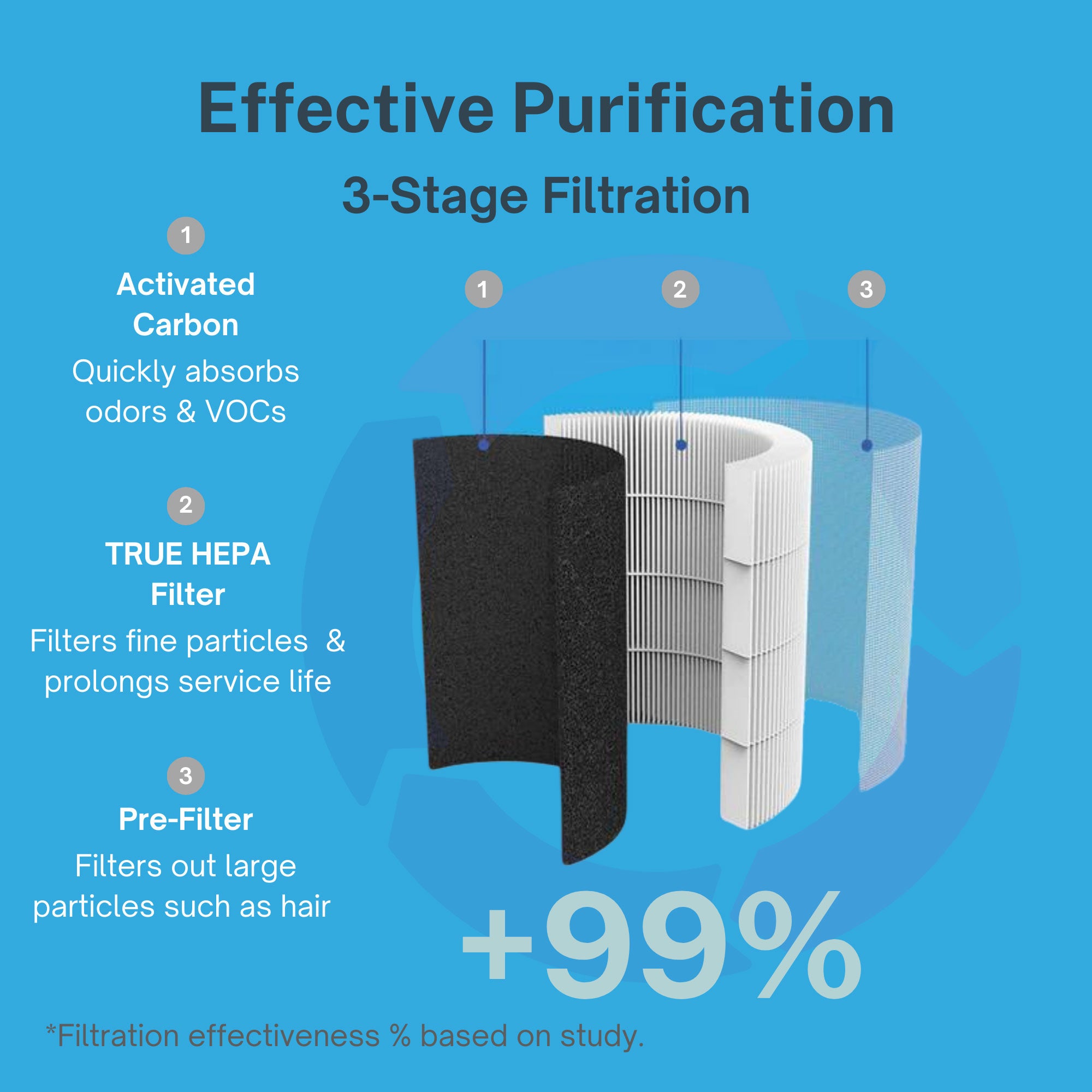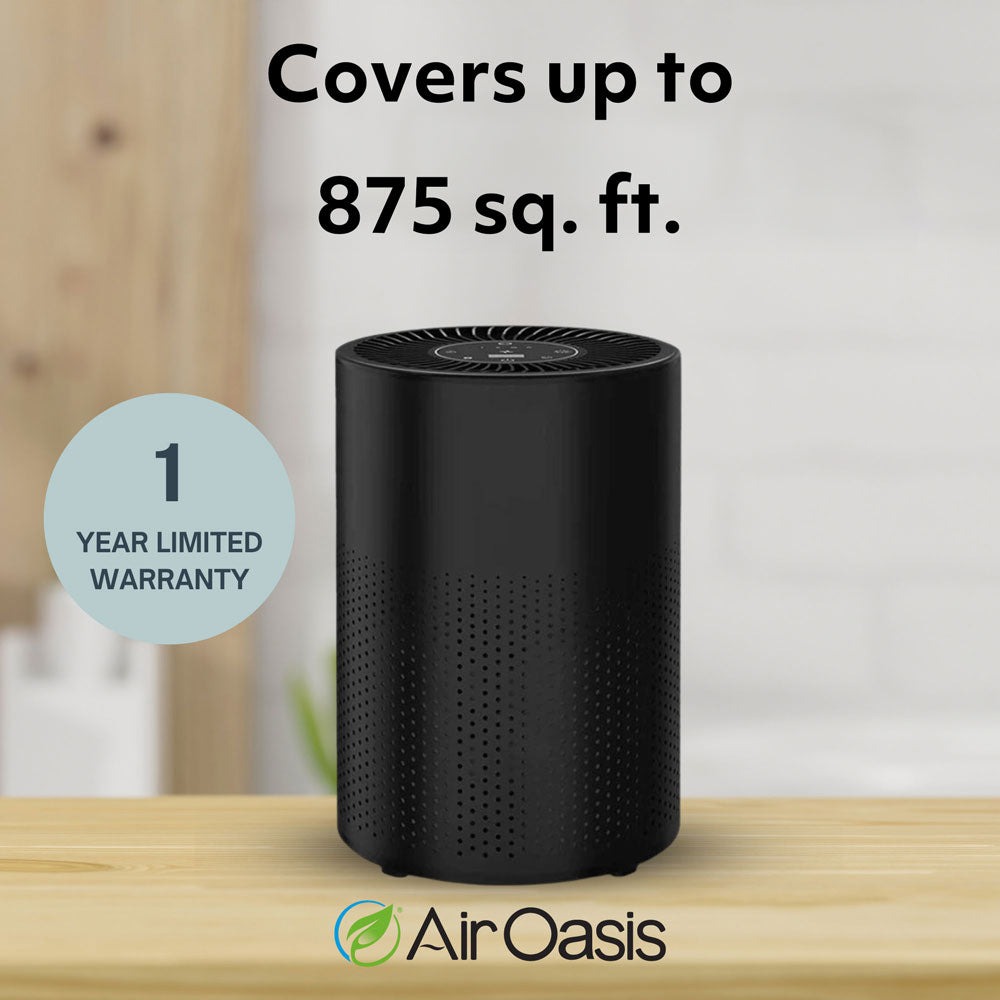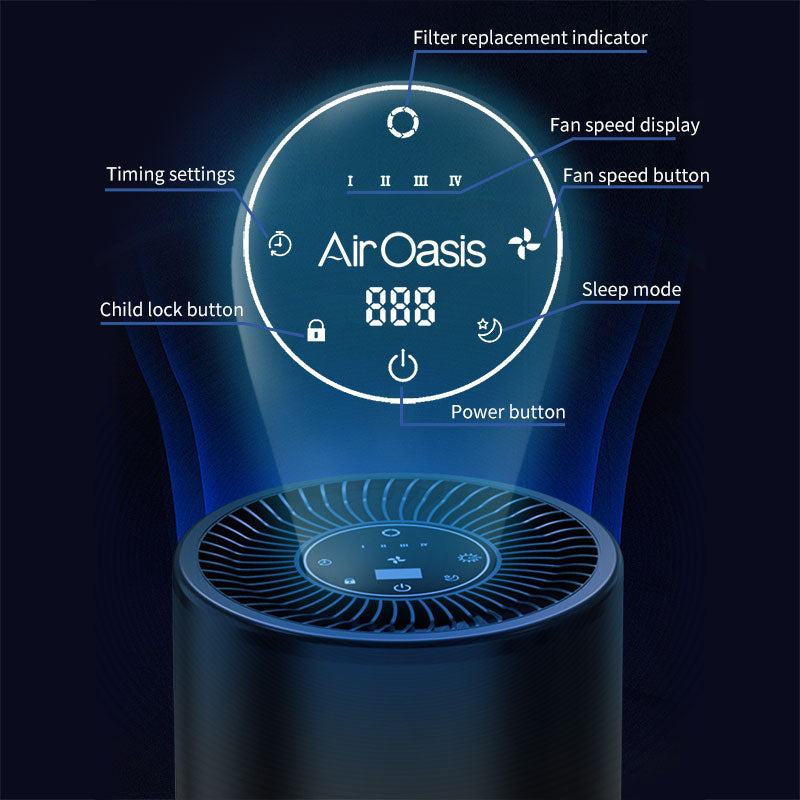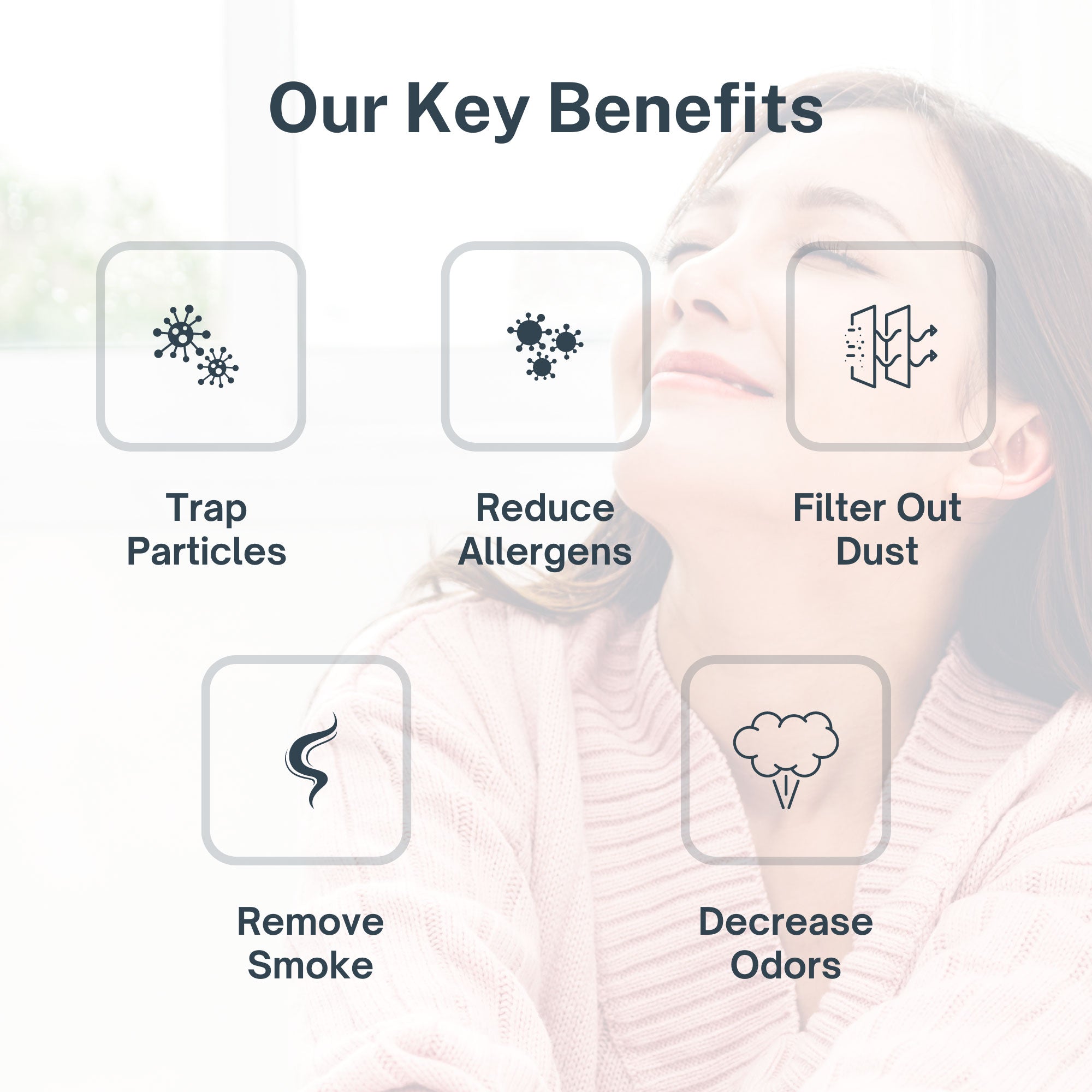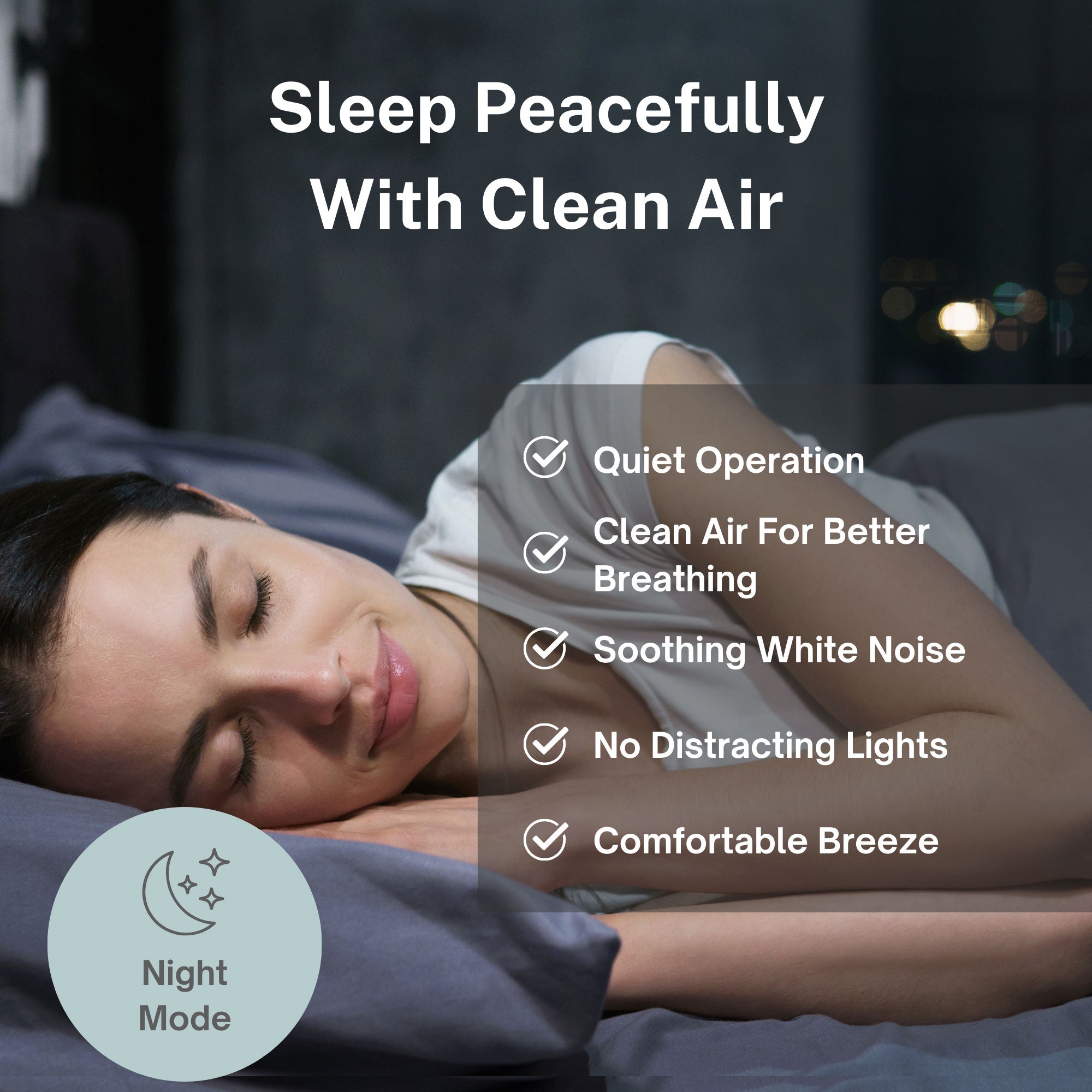Your lungs lose a little more function every day. The tiny air sacs that transfer oxygen into your bloodstream have been destroyed. They can't regenerate. They won't come back. And every breath of polluted air accelerates the damage to the lung tissue you have left.
Emphysema means living with permanent lung destruction. The disease belongs to the chronic obstructive pulmonary disease family and affects millions of Americans. While smoking causes most cases, air pollution plays a critical role in how fast the disease progresses and how severe symptoms become.
Understanding the connection between air quality and emphysema could extend your lung function and improve your quality of life for years to come.
What Emphysema Does to Your Lungs
Healthy lungs contain millions of alveoli, tiny air sacs clustered like grapes at the ends of your smallest airways. These delicate structures have walls just one cell thick. Oxygen passes through these walls into surrounding blood vessels. Carbon dioxide moves in the opposite direction to be exhaled.
Emphysema destroys the walls between alveoli. Instead of millions of tiny, efficient air sacs, you develop fewer, larger spaces with much less surface area. The elastic tissue that helps lungs spring back after you exhale gets damaged. Your lungs lose their ability to empty completely.
The result is trapped air. Old air that should have been exhaled stays in your lungs, leaving less room for fresh oxygen-rich air to enter. Your breathing becomes shallow and rapid. You feel constantly short of breath. Simple activities like walking across a room leave you gasping.
The damage is irreversible. Once alveolar walls are destroyed, they cannot be repaired or replaced. This makes protecting your remaining lung tissue absolutely critical. Every bit of function you preserve matters enormously for maintaining independence and quality of life.
How Air Pollution Accelerates Lung Destruction
Air pollutants attack your already compromised lungs through multiple mechanisms. Particulate matter, especially PM2.5 particles measuring 2.5 micrometers or smaller, penetrates deep into lung tissue. These microscopic fragments reach the damaged alveoli and trigger inflammatory responses.
Inflammation destroys more lung tissue. Your immune system releases enzymes designed to break down foreign particles. But these same enzymes damage the delicate alveolar walls surrounding the particles. With each inflammatory episode, more lung tissue gets destroyed.
Oxidative stress compounds the damage. Air pollutants generate free radicals, unstable molecules that damage cellular structures. The thin alveolar walls are particularly vulnerable to oxidative injury. Over time, this accumulated damage accelerates the progression of emphysema beyond what smoking or genetics alone would cause.
Ground-level ozone represents another major threat. This gas forms when sunlight reacts with vehicle exhaust and industrial emissions. Ozone is highly reactive and directly damages lung tissue. It increases inflammation, reduces lung function, and makes breathing more difficult for people with already limited respiratory capacity.
Studies consistently show that people with emphysema living in areas with higher air pollution experience faster disease progression. Their lung function declines more quickly. They require supplemental oxygen sooner. They face more frequent hospitalizations and shorter life expectancy.
The Daily Struggle with Poor Air Quality
You might feel relatively stable when air quality is good. You can manage basic activities. Your oxygen levels stay acceptable. You maintain some independence. Then a pollution event hits and everything changes.
Wildfire smoke creates catastrophic conditions for emphysema patients. The PM2.5 concentrations during major smoke events overwhelm compromised lungs. Breathing becomes extremely difficult. Oxygen saturation drops. Many people require emergency medical care or hospitalization during extended smoke episodes.
Traffic pollution poses constant daily risks. Living near highways exposes you to continuous streams of vehicle exhaust. The nitrogen dioxide, particulate matter, and other pollutants from traffic accelerate lung function decline. Studies show emphysema patients living near major roads have worse outcomes than those in less polluted locations.
Industrial emissions add to the burden. Power plants, manufacturing facilities, and other industrial sources release pollutants that travel for miles. Even rural areas far from cities experience pollution from these distant sources. Your location doesn't guarantee clean air without active monitoring and protection.
Temperature inversions trap pollution near ground level. Cold air sits beneath warmer air, preventing pollutants from dispersing upward. These episodes can last for days, creating extended periods of dangerously high pollution exposure. For emphysema patients, inversions mean days of severe breathing difficulty and elevated health risks.
Indoor Air Poses Greater Threats Than Most Realize
Emphysema limits your mobility. You spend most of your time indoors. Many assume this provides protection from outdoor pollution. The reality proves far different.
Indoor air frequently contains higher pollutant concentrations than outdoor air, especially without active filtration. Cooking generates substantial particulate matter. Gas stoves emit nitrogen dioxide that irritates your damaged airways. The kitchen becomes a pollution source that affects air throughout your home.
Dust accumulation creates ongoing irritation. Your compromised lungs respond more severely to dust particles than healthy lungs. Dust mites produce allergenic proteins. These trigger inflammatory responses that further damage already destroyed lung tissue.
Mold growth in bathrooms, basements, or anywhere with moisture problems releases spores that inflame airways. People with emphysema show heightened sensitivity to mold exposure. Even small amounts can trigger breathing difficulties and accelerate lung function decline.
Cleaning products release volatile organic compounds into indoor air. These chemicals irritate respiratory tissues. Common household cleaners, air fresheners, and disinfectants all contribute to indoor pollution that makes emphysema symptoms worse.
Secondhand smoke represents an extreme hazard. Even minimal exposure worsens emphysema and accelerates disease progression. If anyone in your household smokes, the pollutants permeate every room and constantly assault your damaged lungs.
Medical-Grade Air Purification Provides Essential Protection
You cannot regenerate destroyed lung tissue. But you can protect what remains. Medical-grade air purification removes the pollutants that accelerate emphysema progression and trigger acute symptom worsening.
HEPA filtration captures 99.97 percent of particles as small as 0.3 micrometers. That includes PM2.5 from outdoor infiltration, cooking, dust, and all other particulate sources. The iAdaptAir system continuously processes room air, removing particles before they reach your compromised respiratory system.
Smart sensors monitor air quality in real time. When particulate levels rise from any source, fan speeds adjust automatically. During cooking, when outdoor pollution infiltrates, or whenever indoor air quality degrades, filtration intensifies immediately. You get protection matched to actual moment-by-moment conditions.
UV-C technology provides crucial pathogen control. Emphysema patients face elevated infection risk. Your damaged airways cannot clear bacteria and viruses as effectively as healthy lungs. Respiratory infections trigger severe exacerbations that can require hospitalization. UV-C neutralizes these biological threats before they reach your vulnerable respiratory system.
Activated carbon filtration removes gaseous pollutants including volatile organic compounds, nitrogen dioxide, and odors. This addresses the complete spectrum of indoor air quality threats, not just particles. Fewer irritants mean less inflammation, better breathing, and slower disease progression.
Comprehensive Emphysema Management in a Polluted World
Air purification forms one crucial element of emphysema management. But protecting your lungs requires multiple strategies working together. Monitor outdoor air quality forecasts daily. On high pollution days, stay indoors with your air purification system running continuously.
Use supplemental oxygen as prescribed. Clean air delivery becomes even more critical when you depend on oxygen therapy. The iAdaptAir system ensures the air you're concentrating and breathing contains minimal irritants and pollutants.
Follow pulmonary rehabilitation recommendations. Exercise within your capacity strengthens remaining lung function. Combined with clean air, these exercises help you maintain independence longer.
Keep rescue medications and emergency plans readily accessible. Air pollution can trigger sudden breathing crises even with careful management. Quick response to symptoms prevents minor problems from becoming life-threatening emergencies.
Avoid indoor pollution sources completely. Never smoke or allow smoking in your home. Use exhaust fans while cooking. Choose fragrance-free cleaning products. Every reduction in pollutant exposure preserves precious lung function.
Protect Every Breath You Take
Emphysema has already taken too much from you. Don't let air pollution steal more of your remaining lung function. The tissue you have left deserves the cleanest possible air to minimize ongoing damage.
The iAdaptAir system delivers medical-grade protection specifically designed for people with compromised respiratory systems. HEPA filtration removes destructive particles. UV-C prevents infections. Smart sensors ensure continuous protection adapted to changing air quality conditions.
Your damaged lungs need every advantage available. Give yourself the gift of truly clean indoor air. Shop Air Oasis today and protect the lung function you have left.






